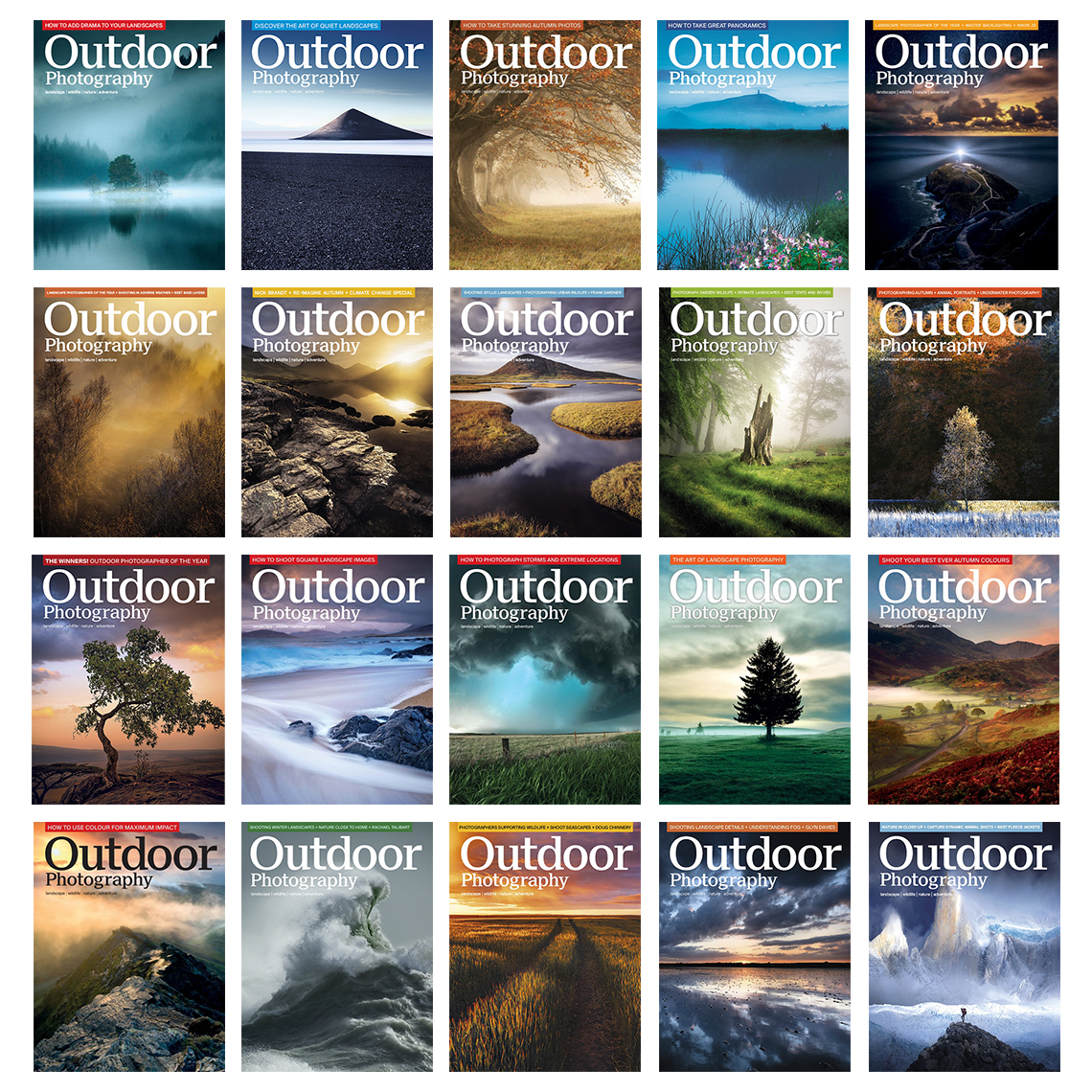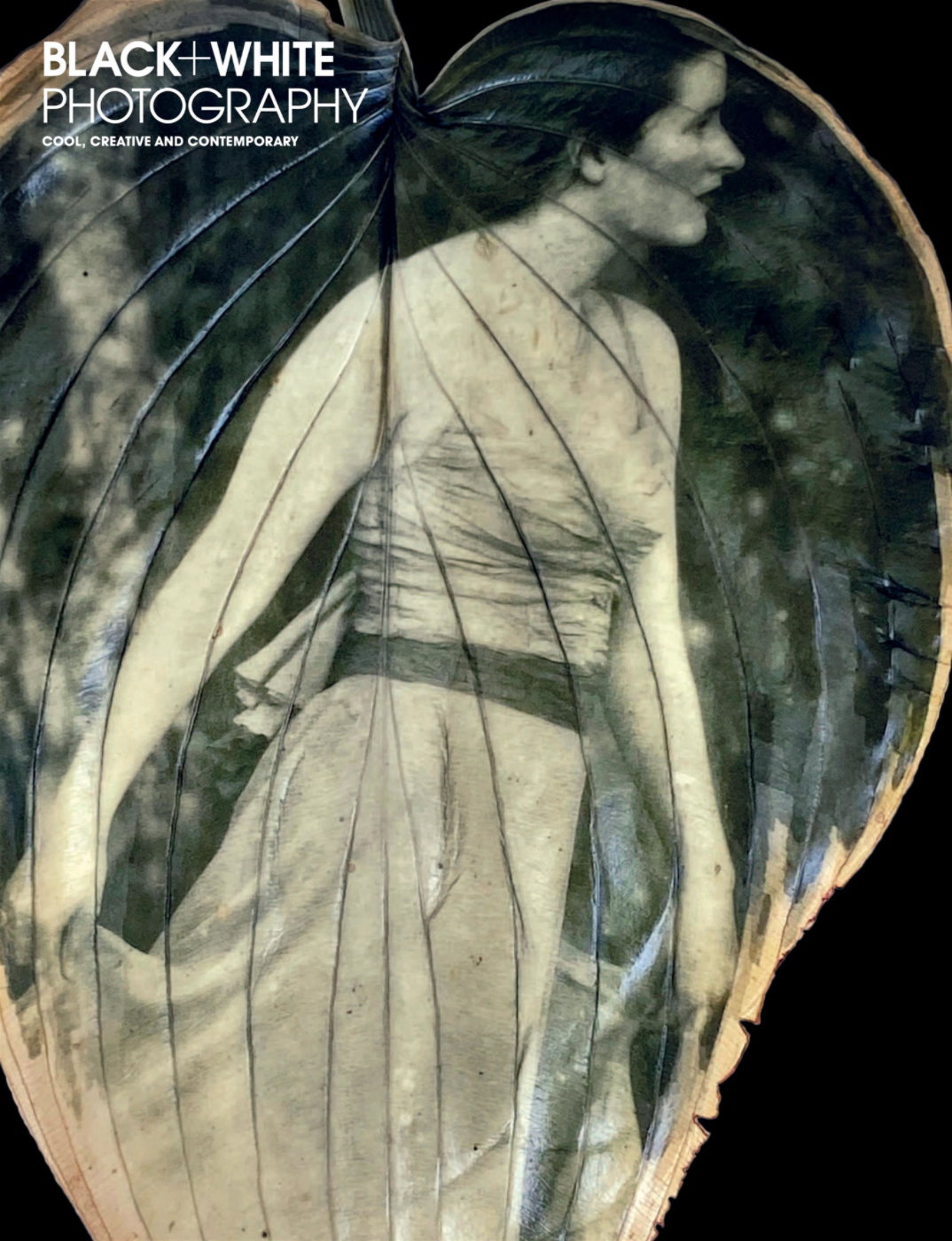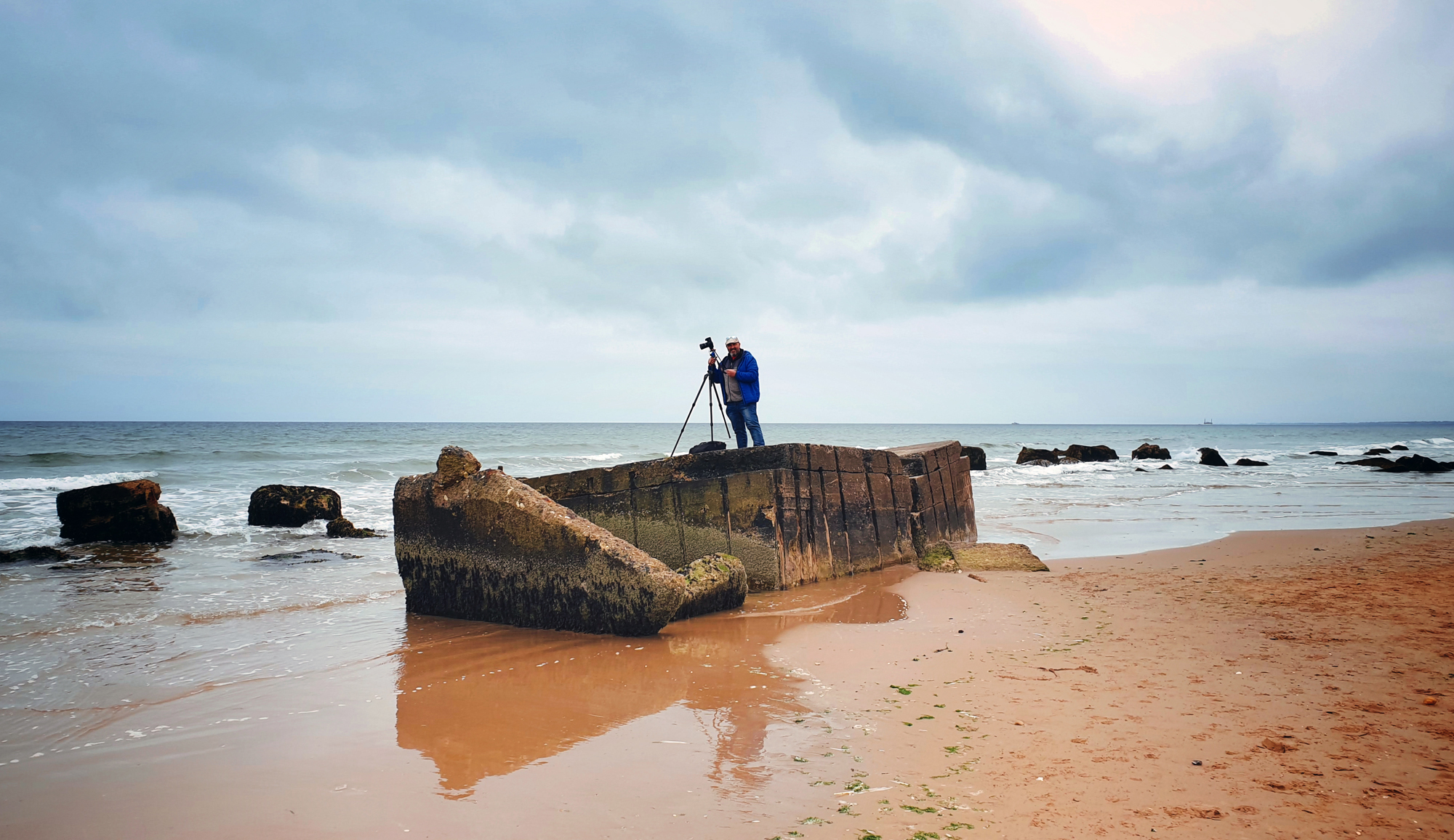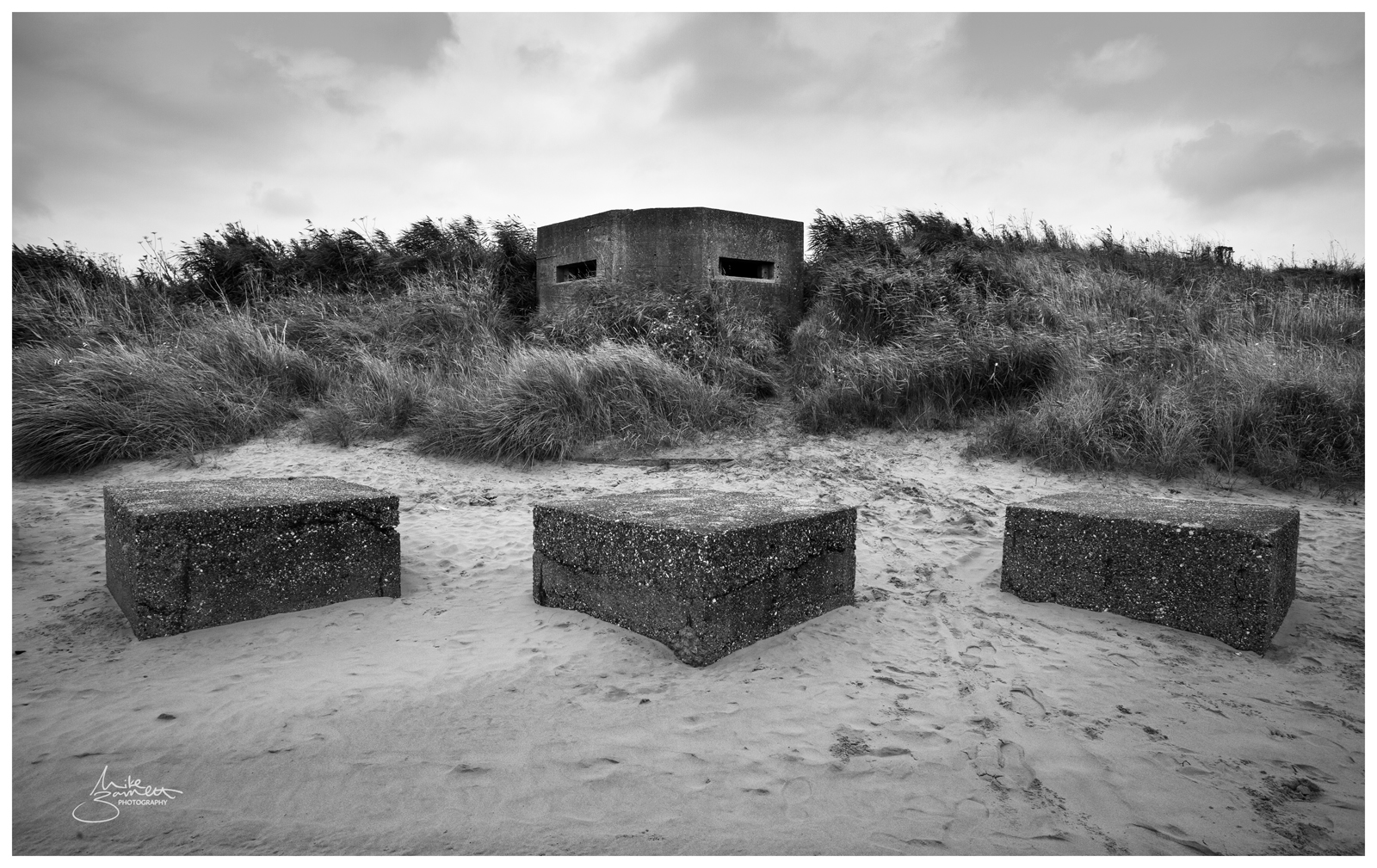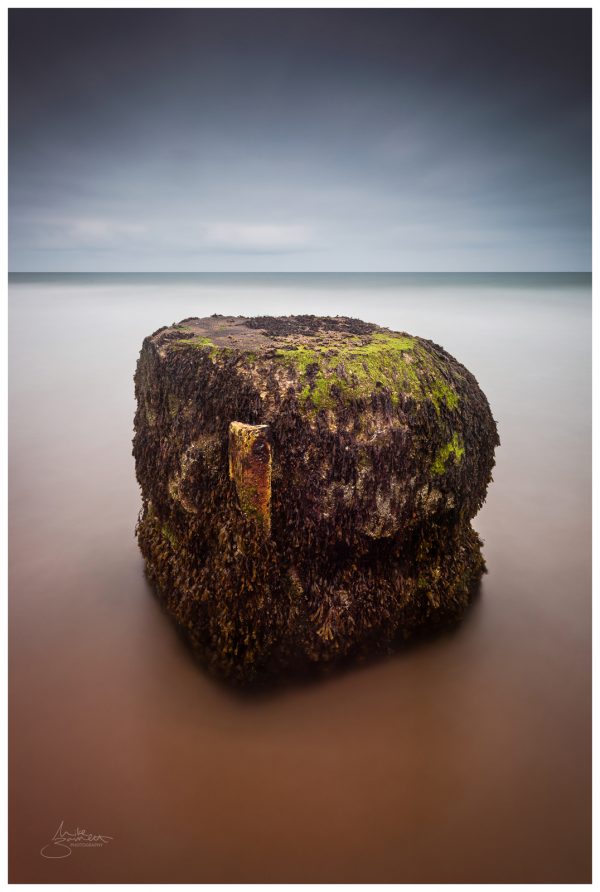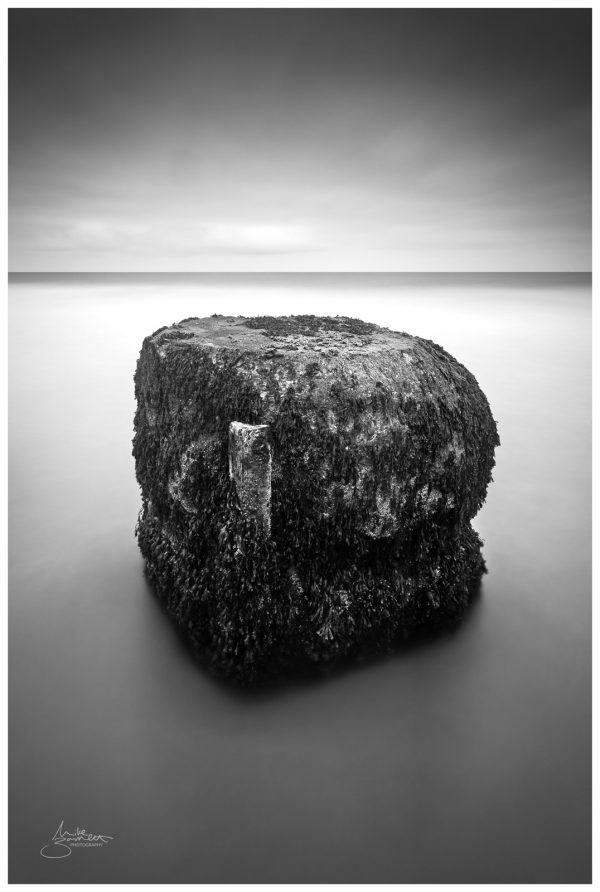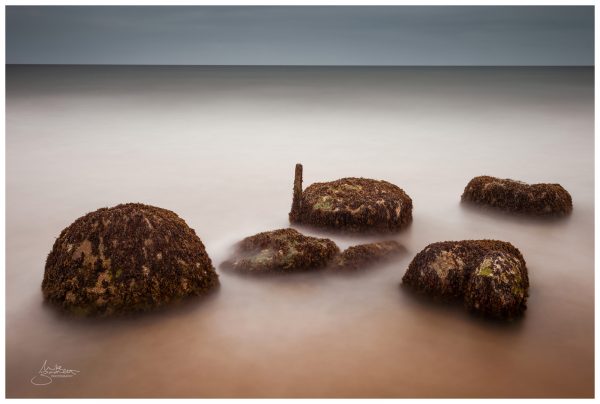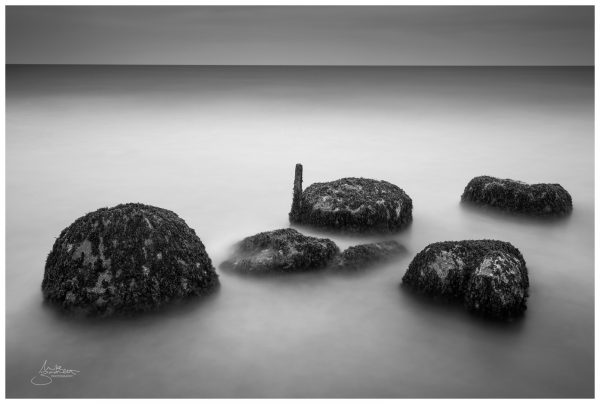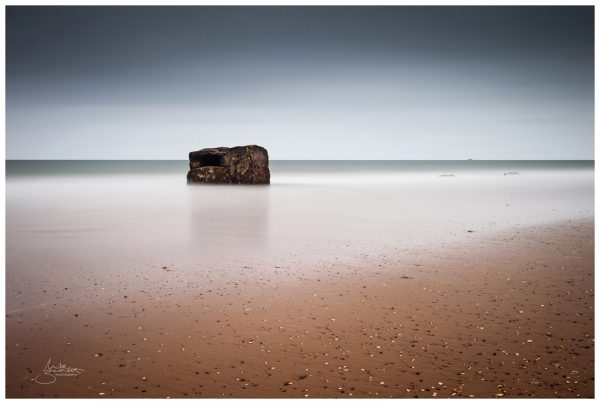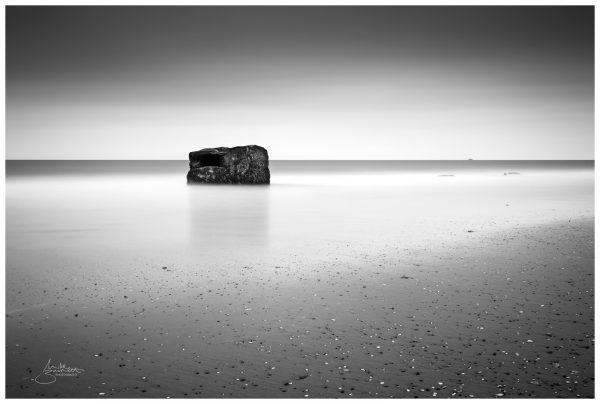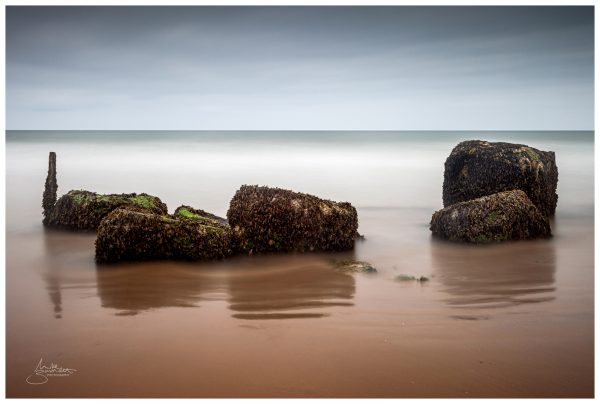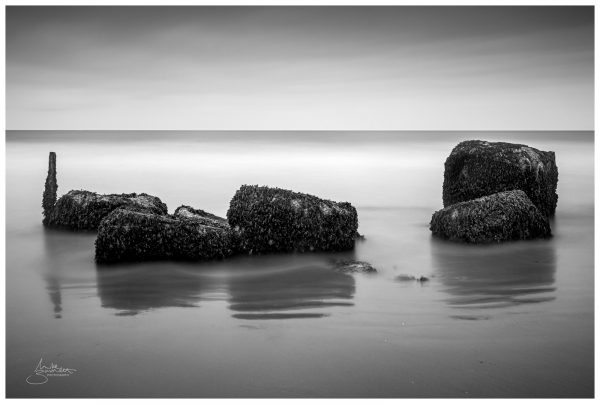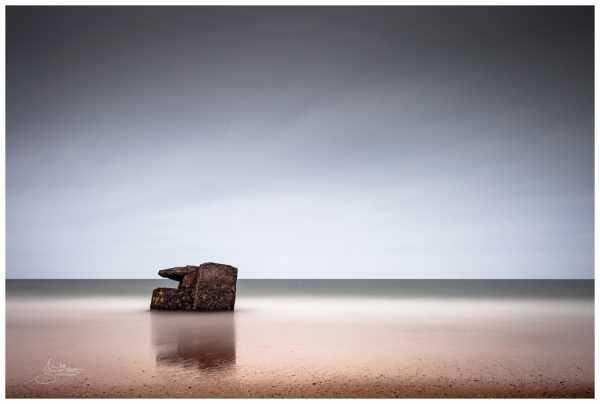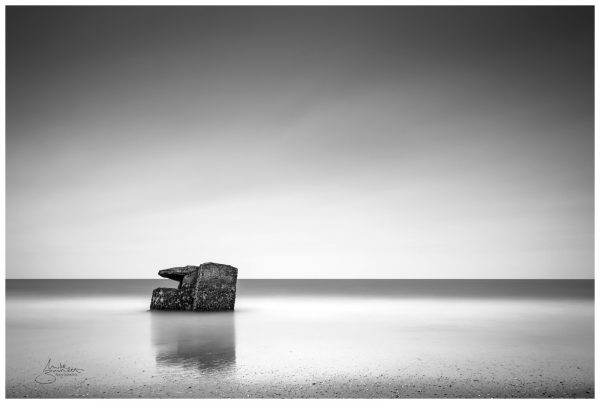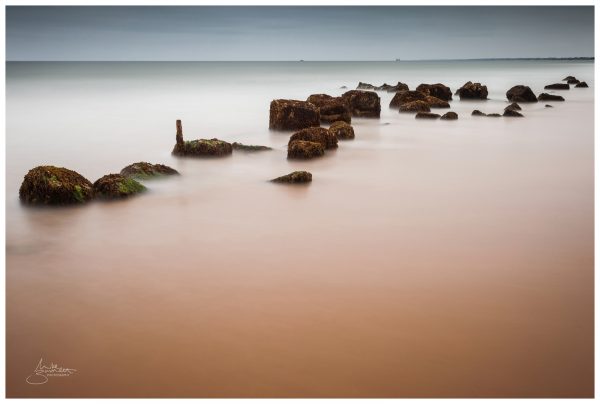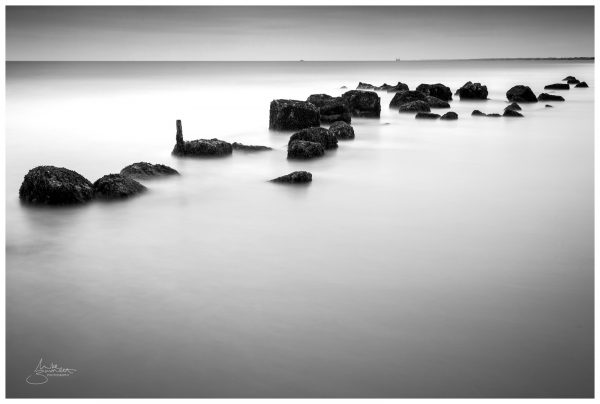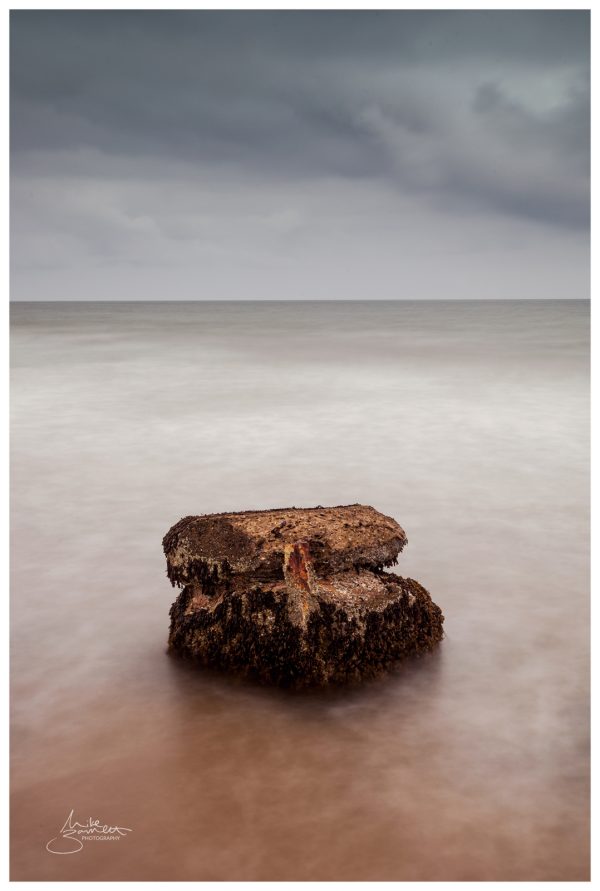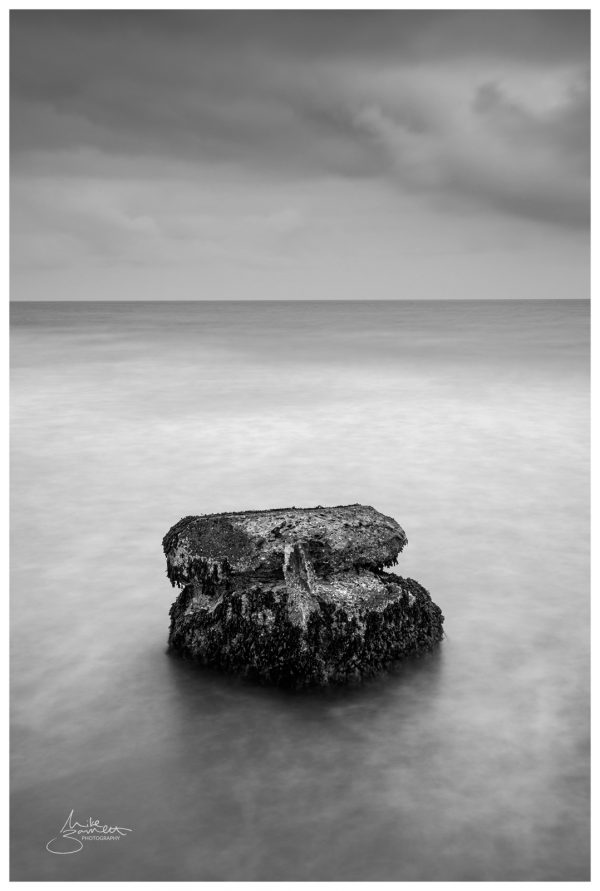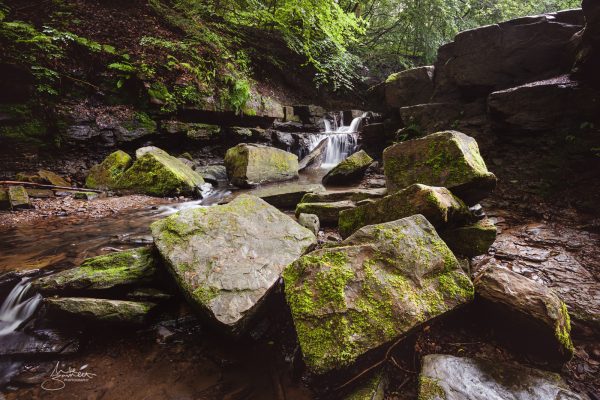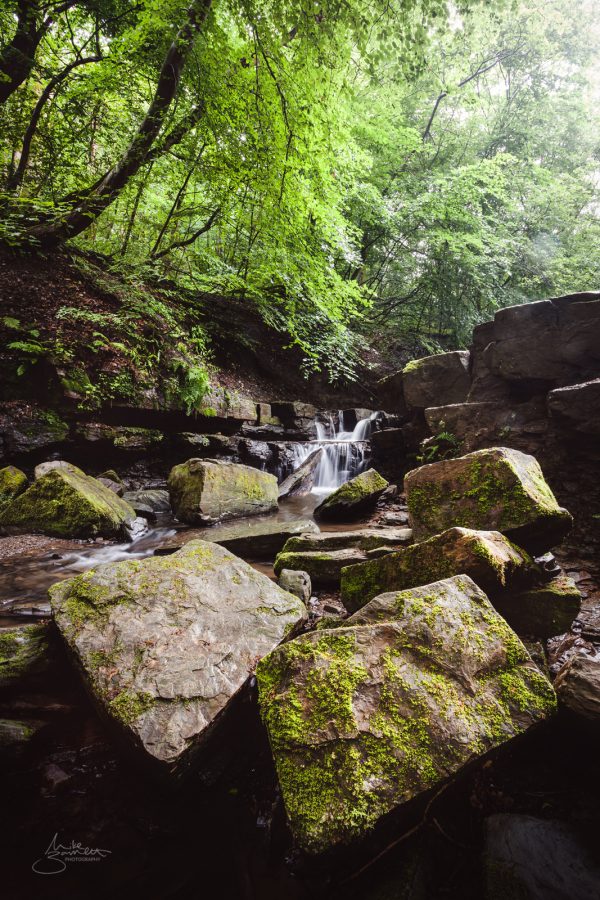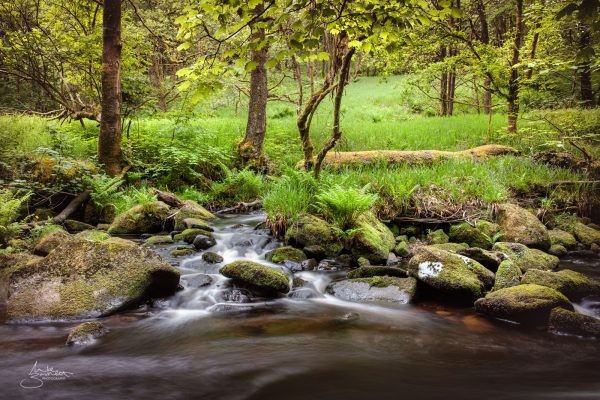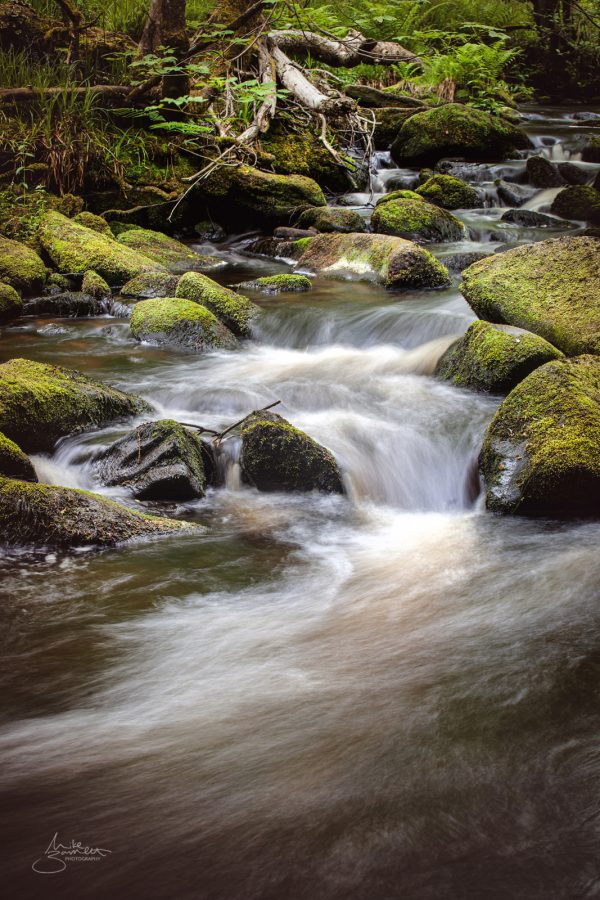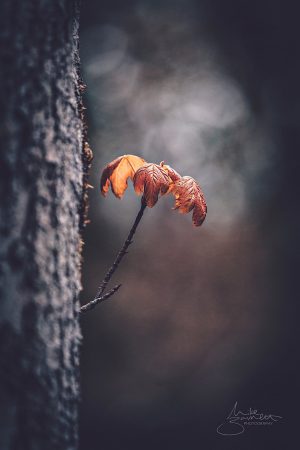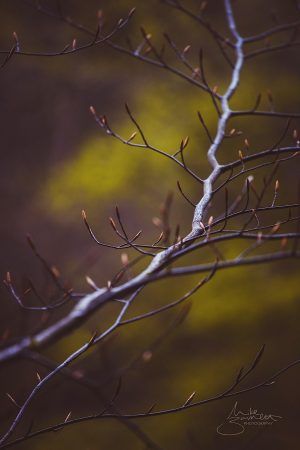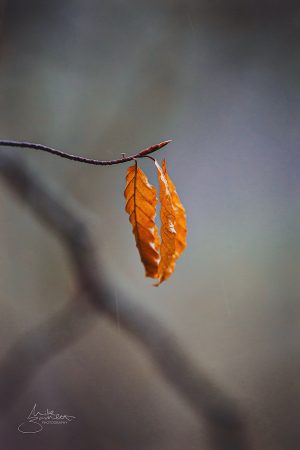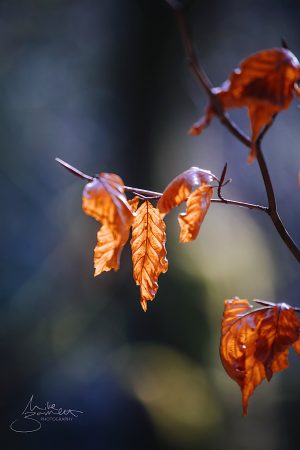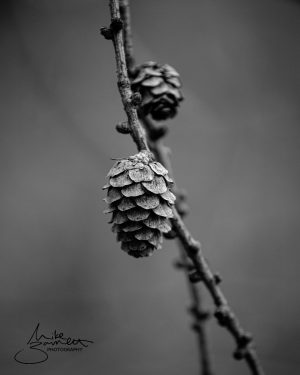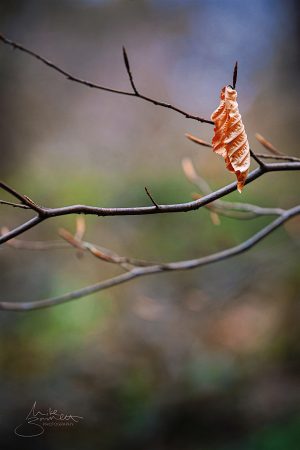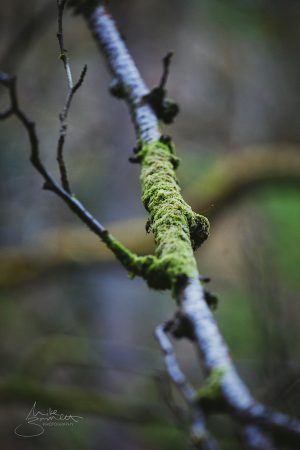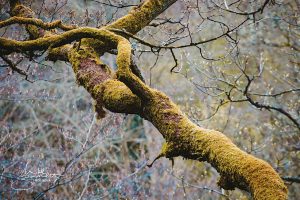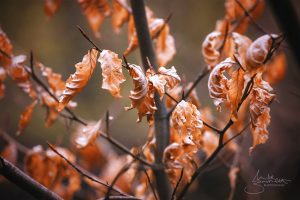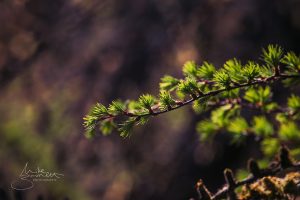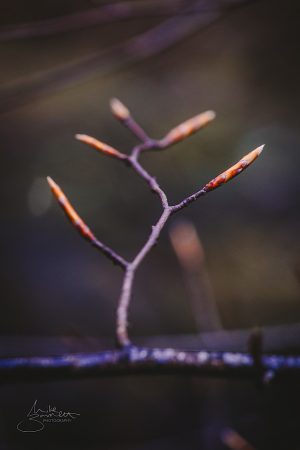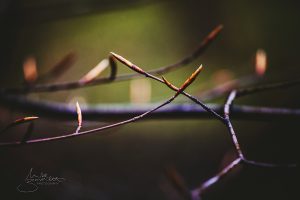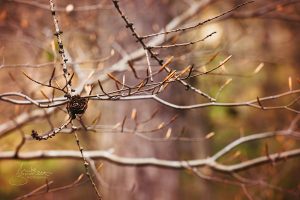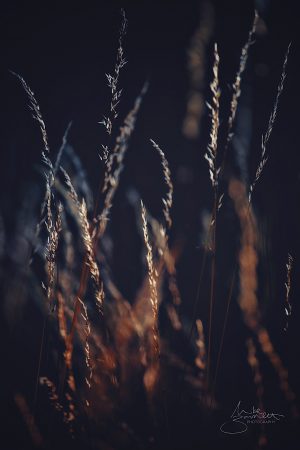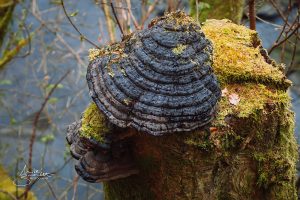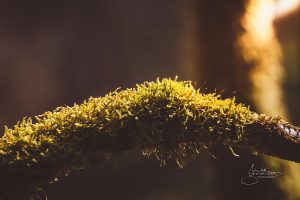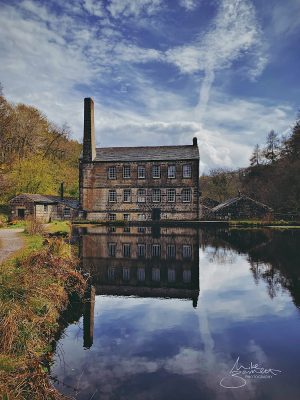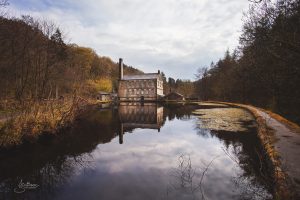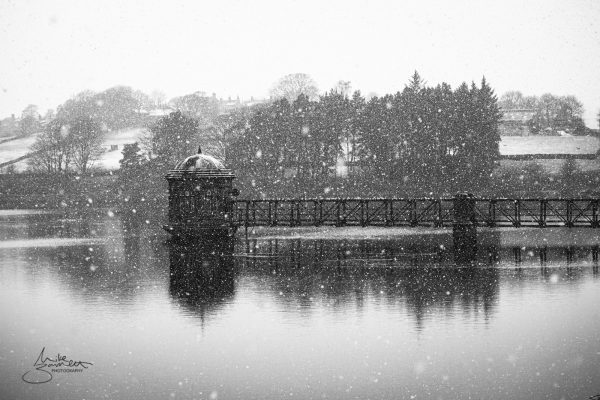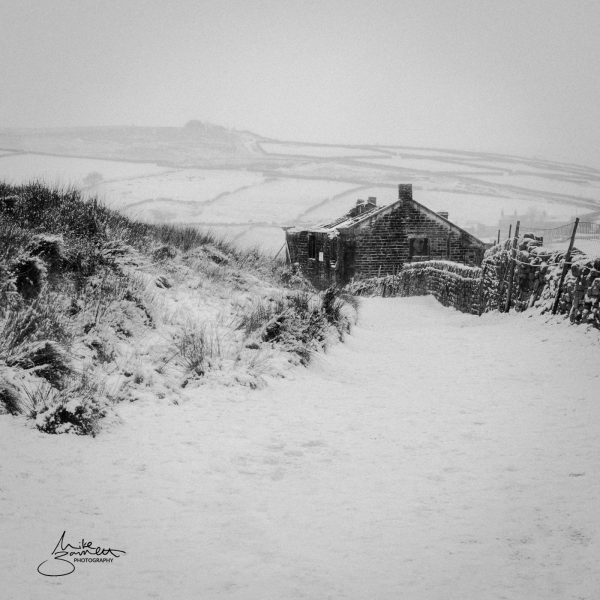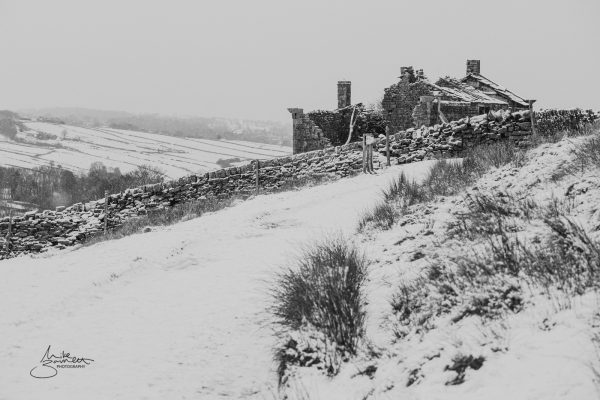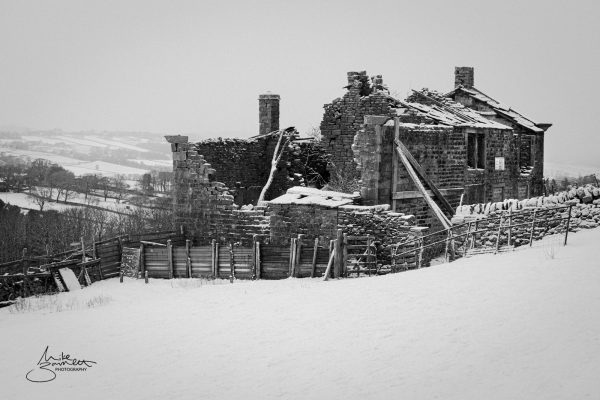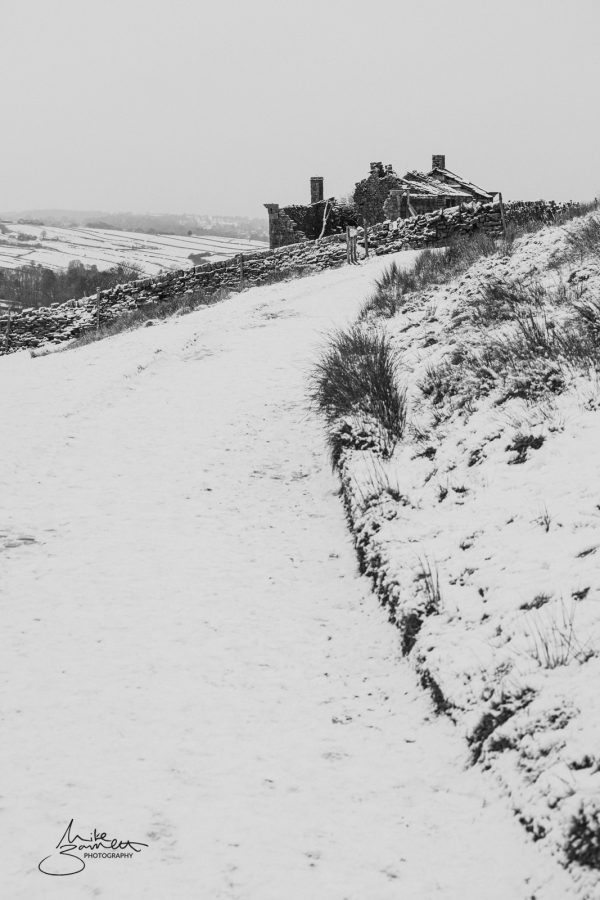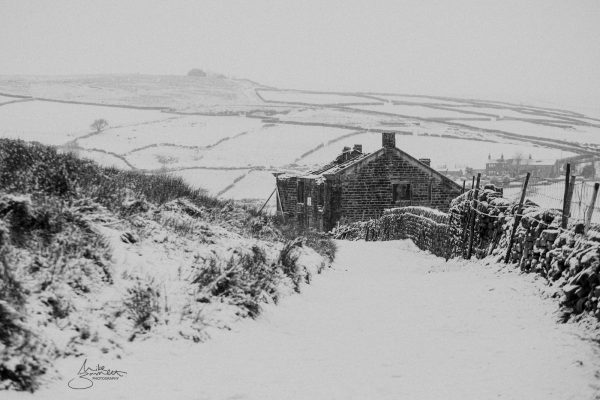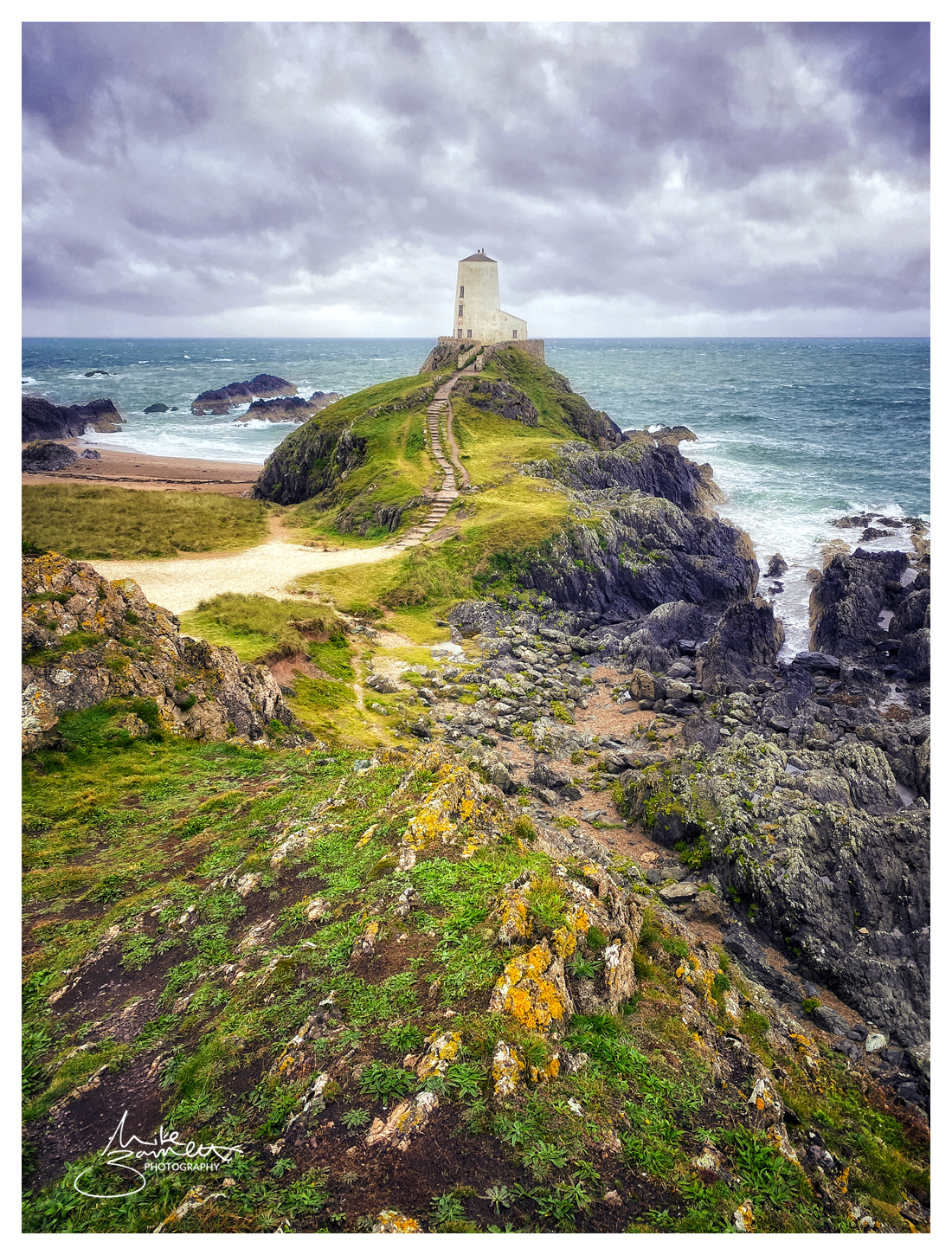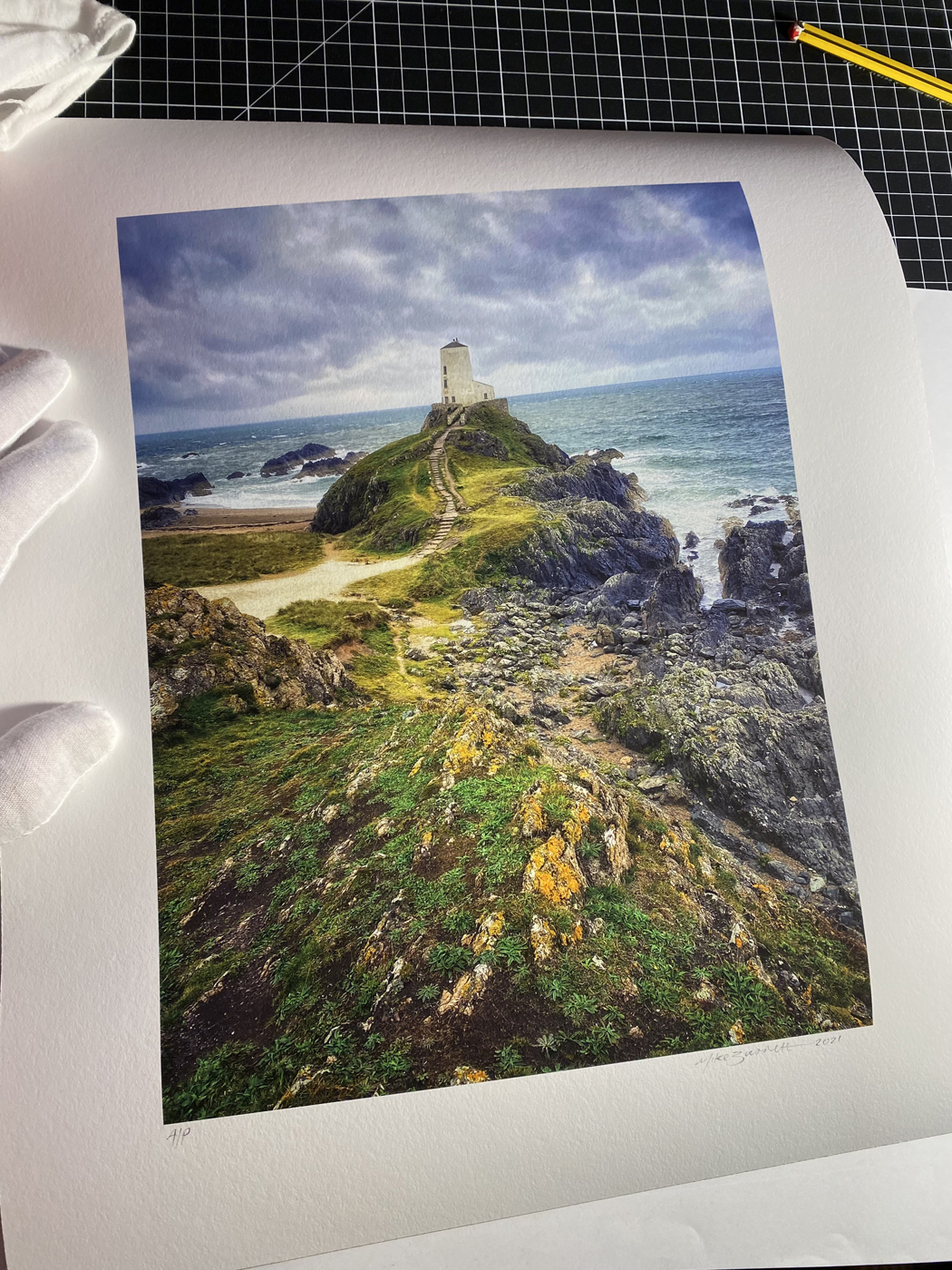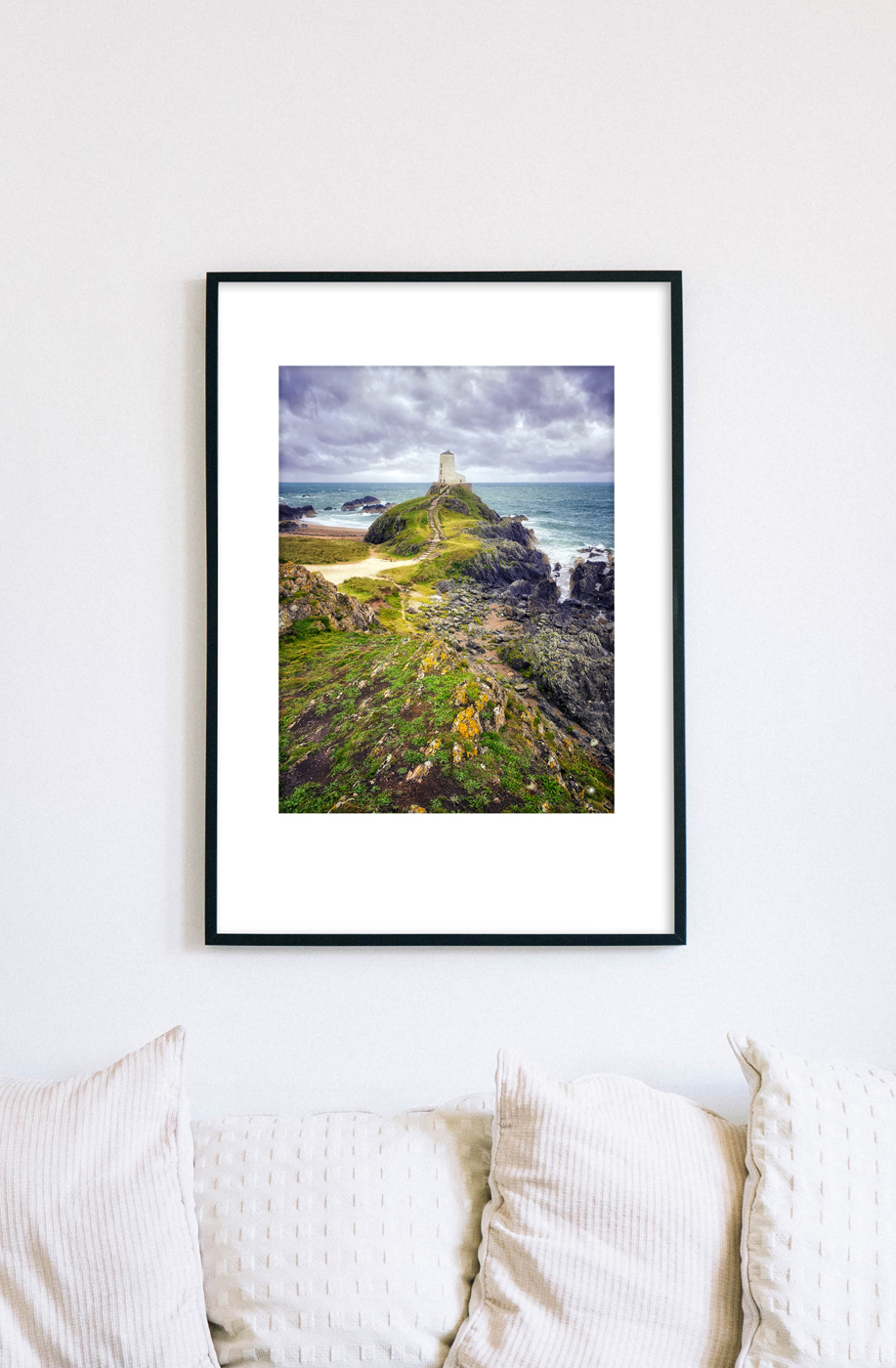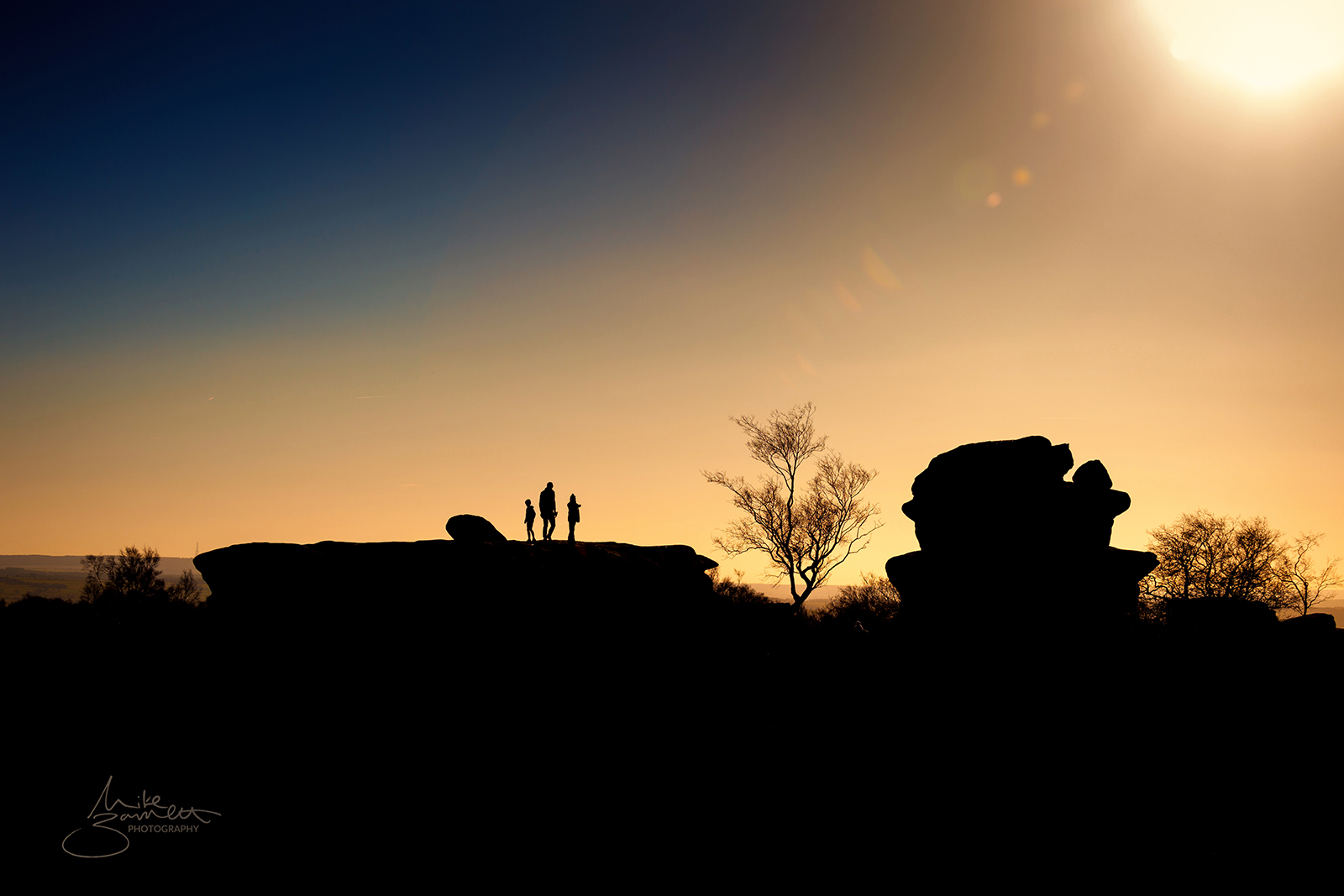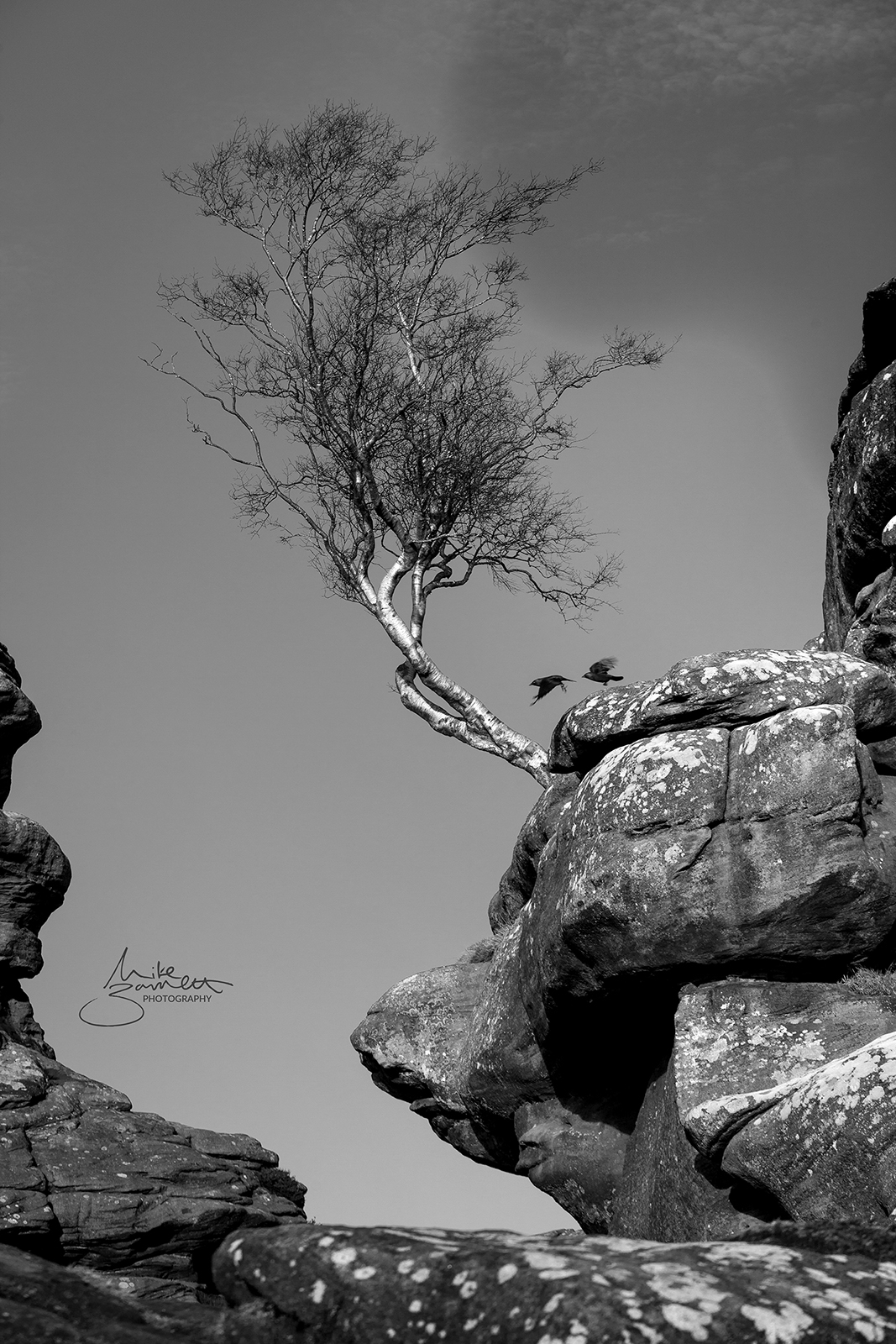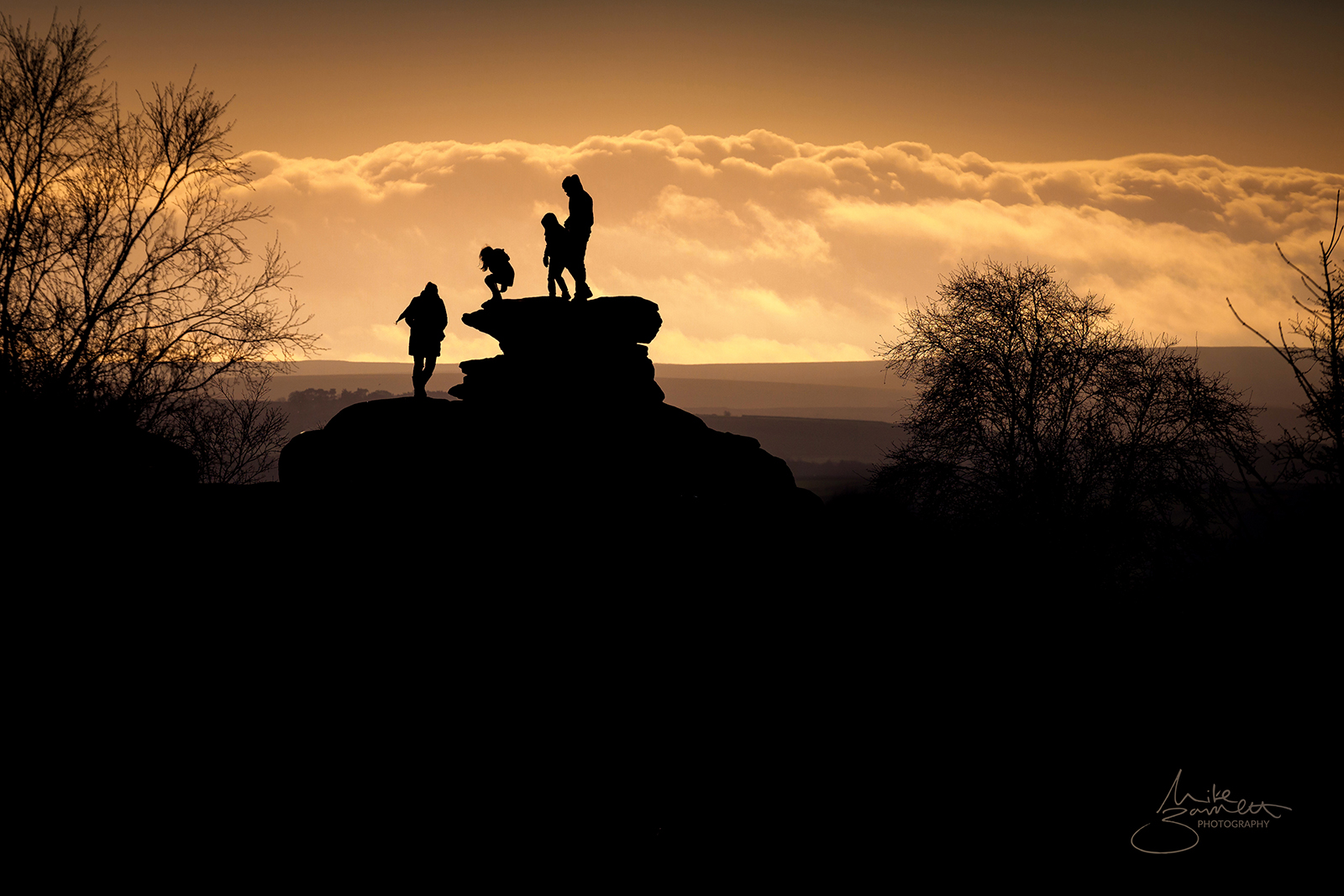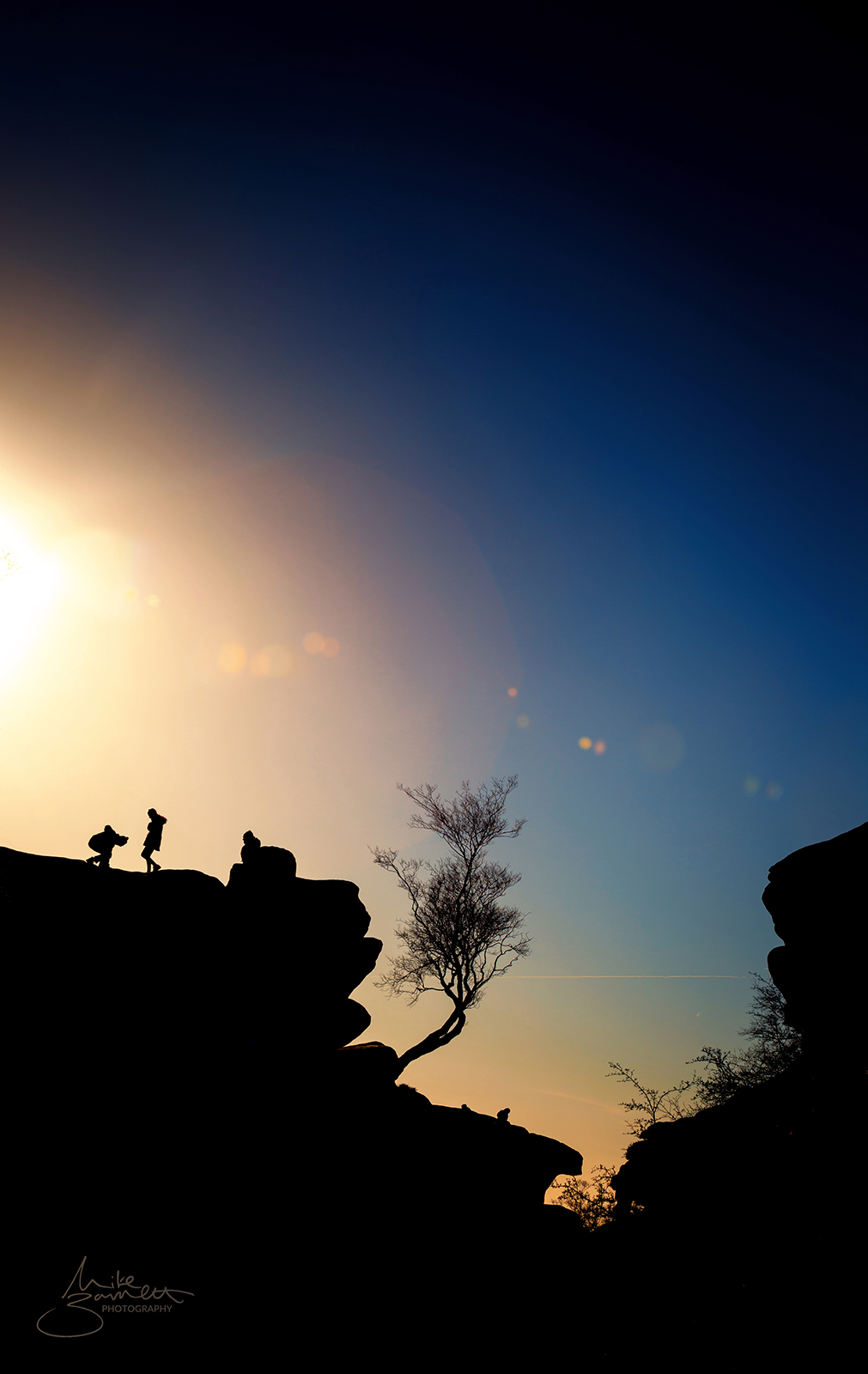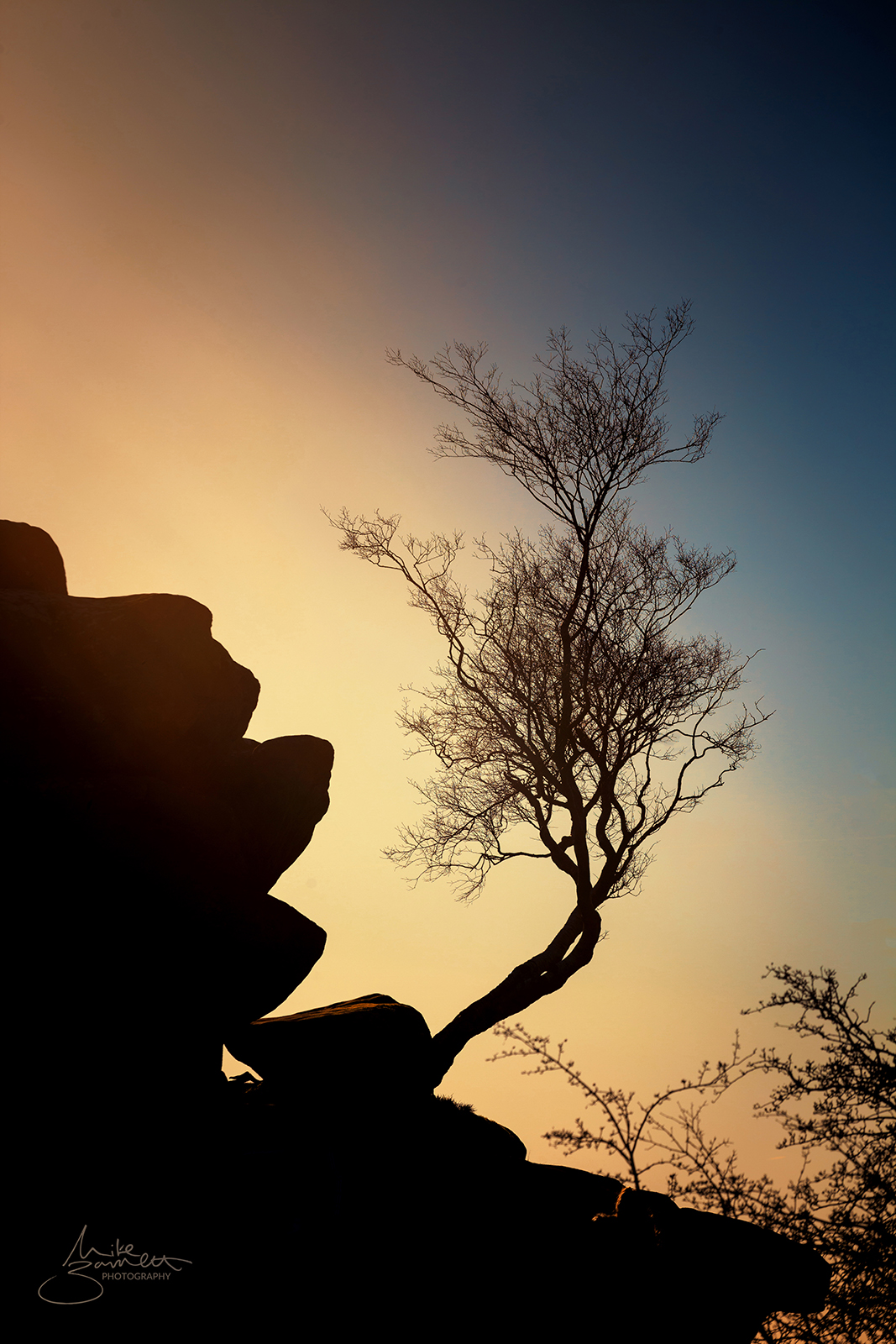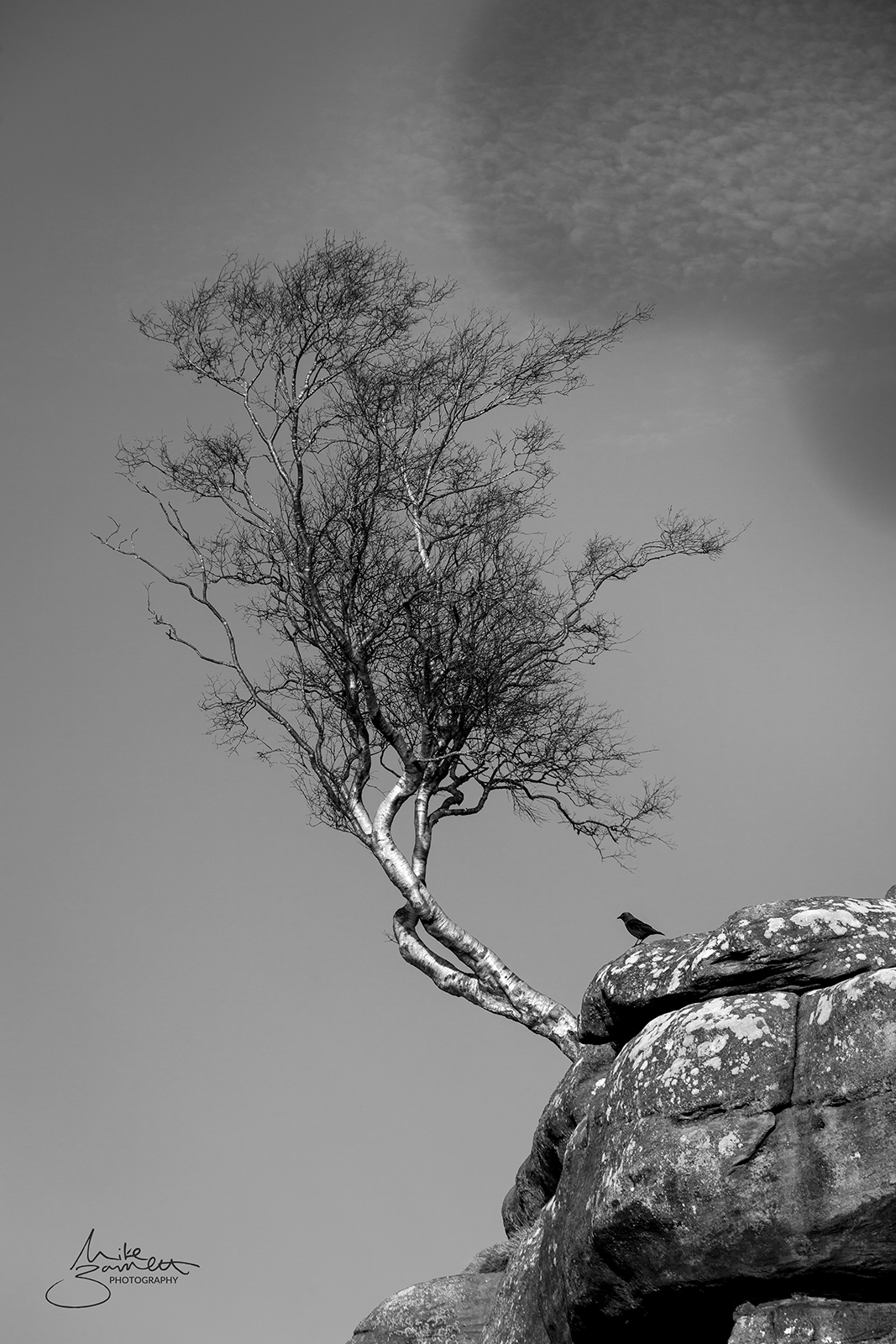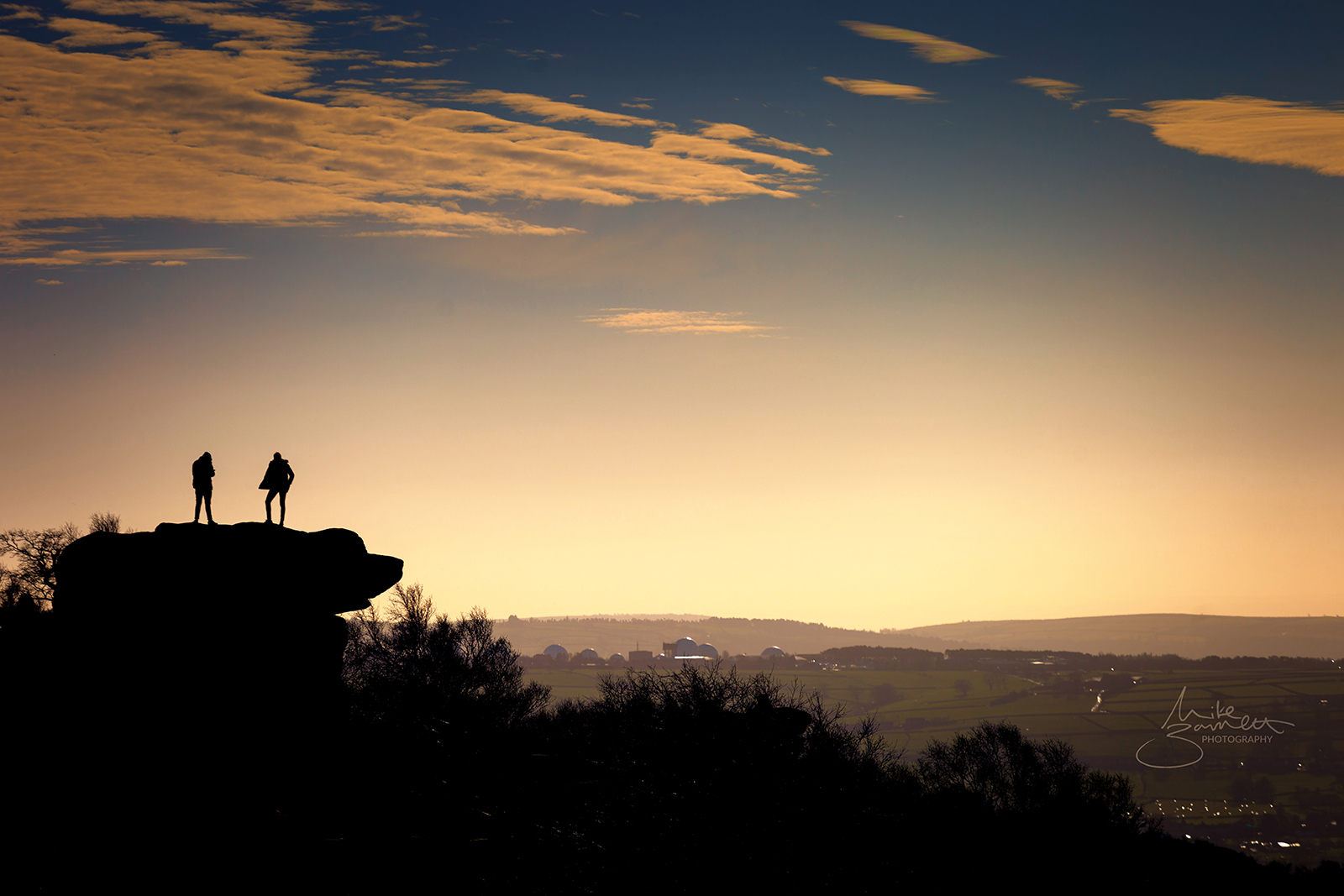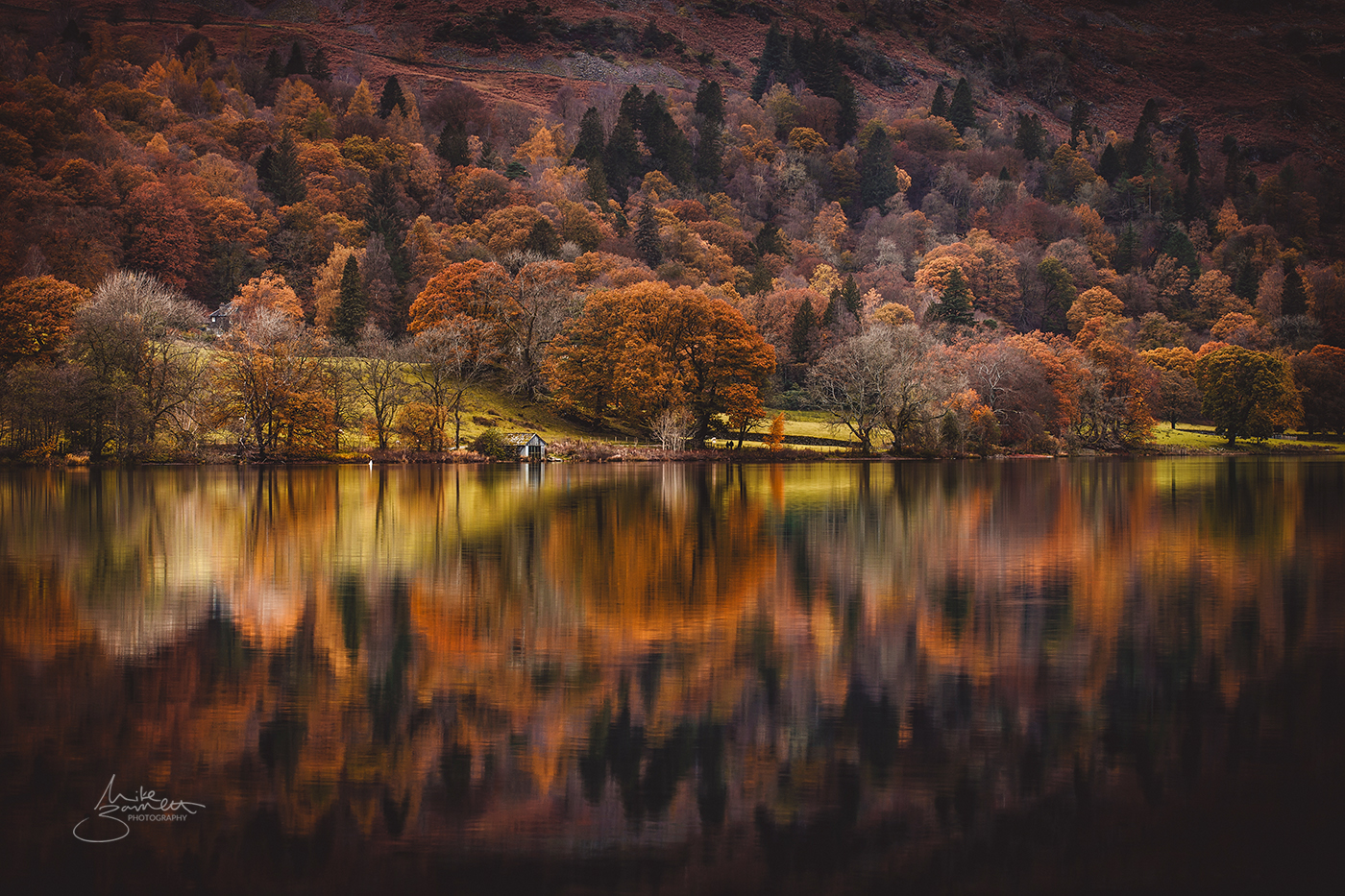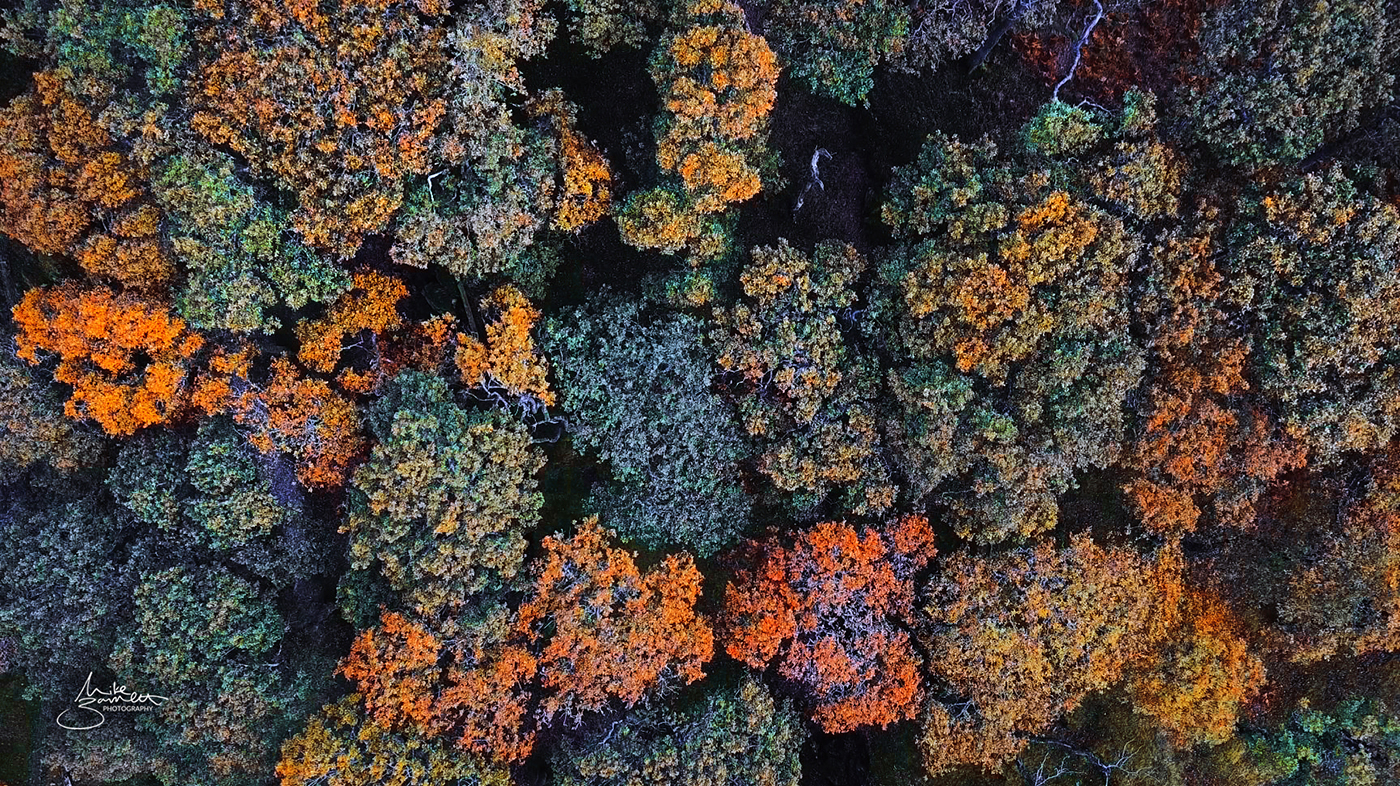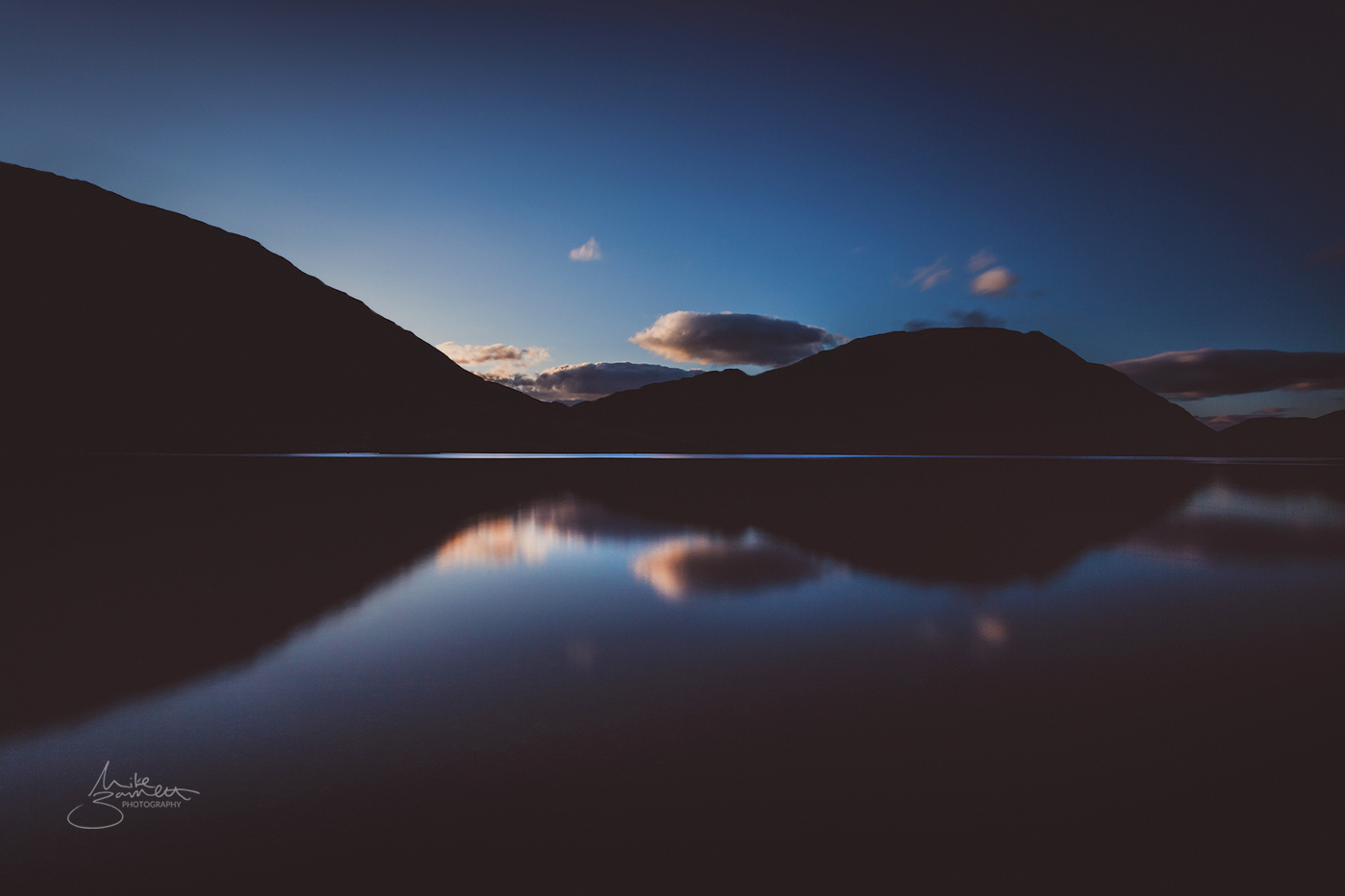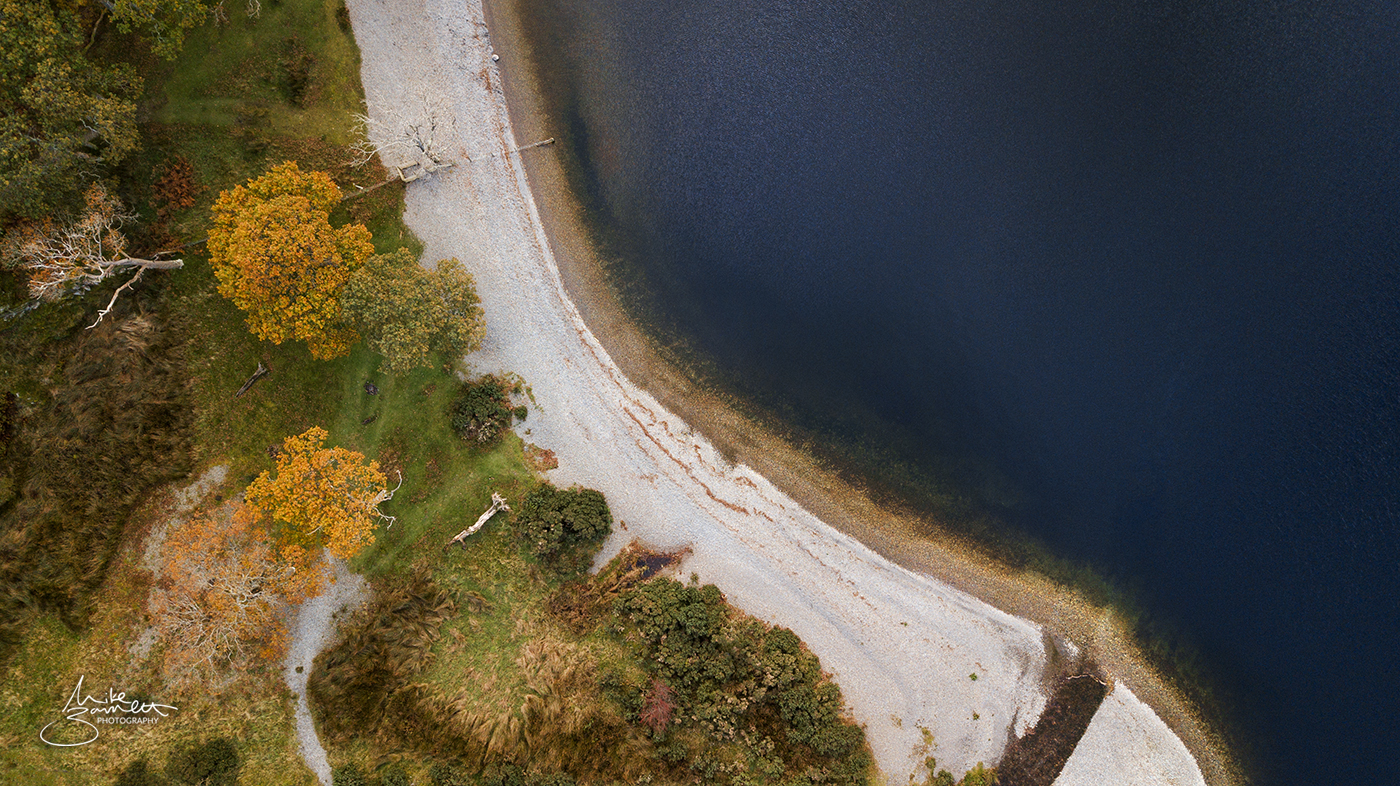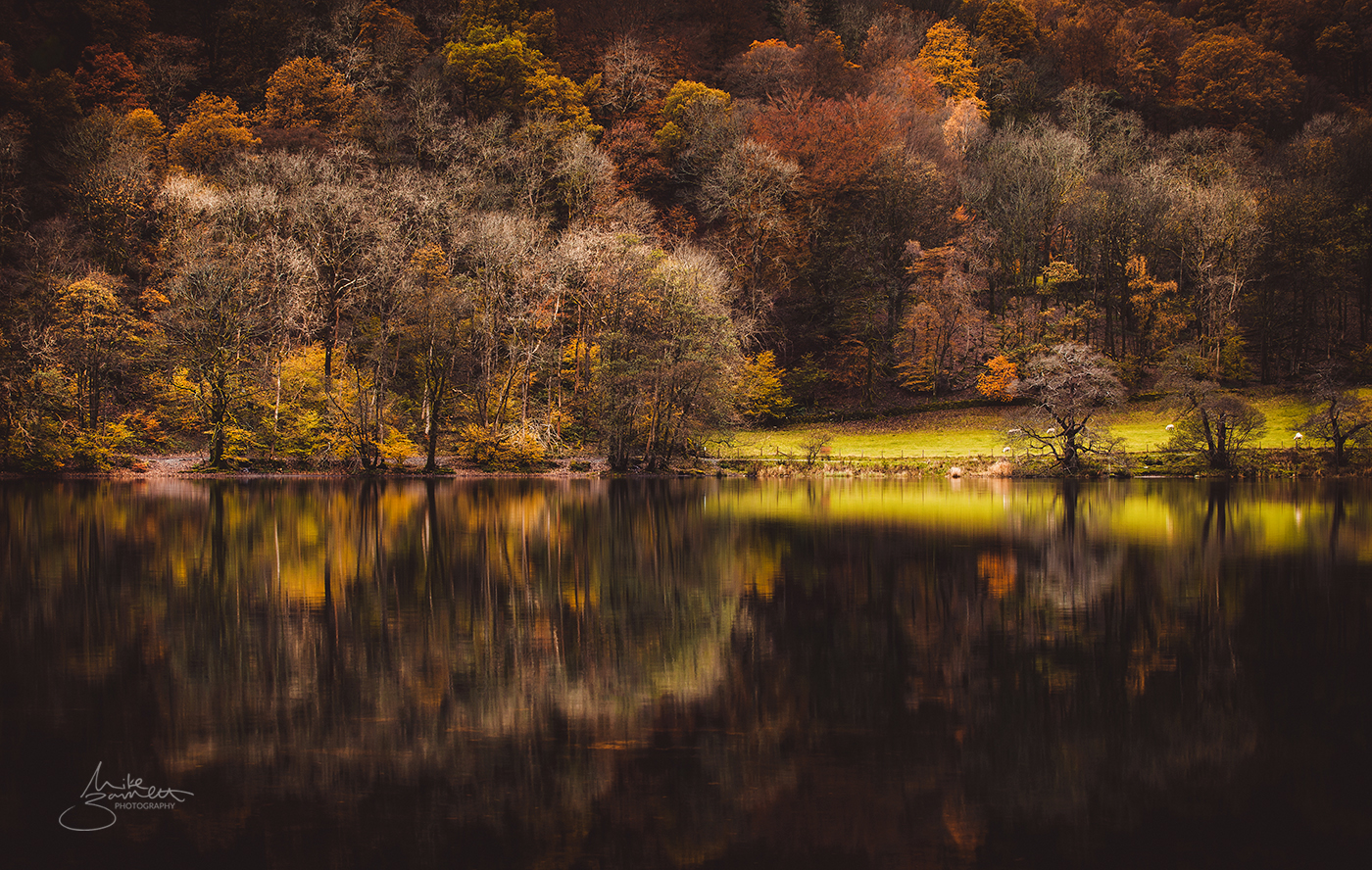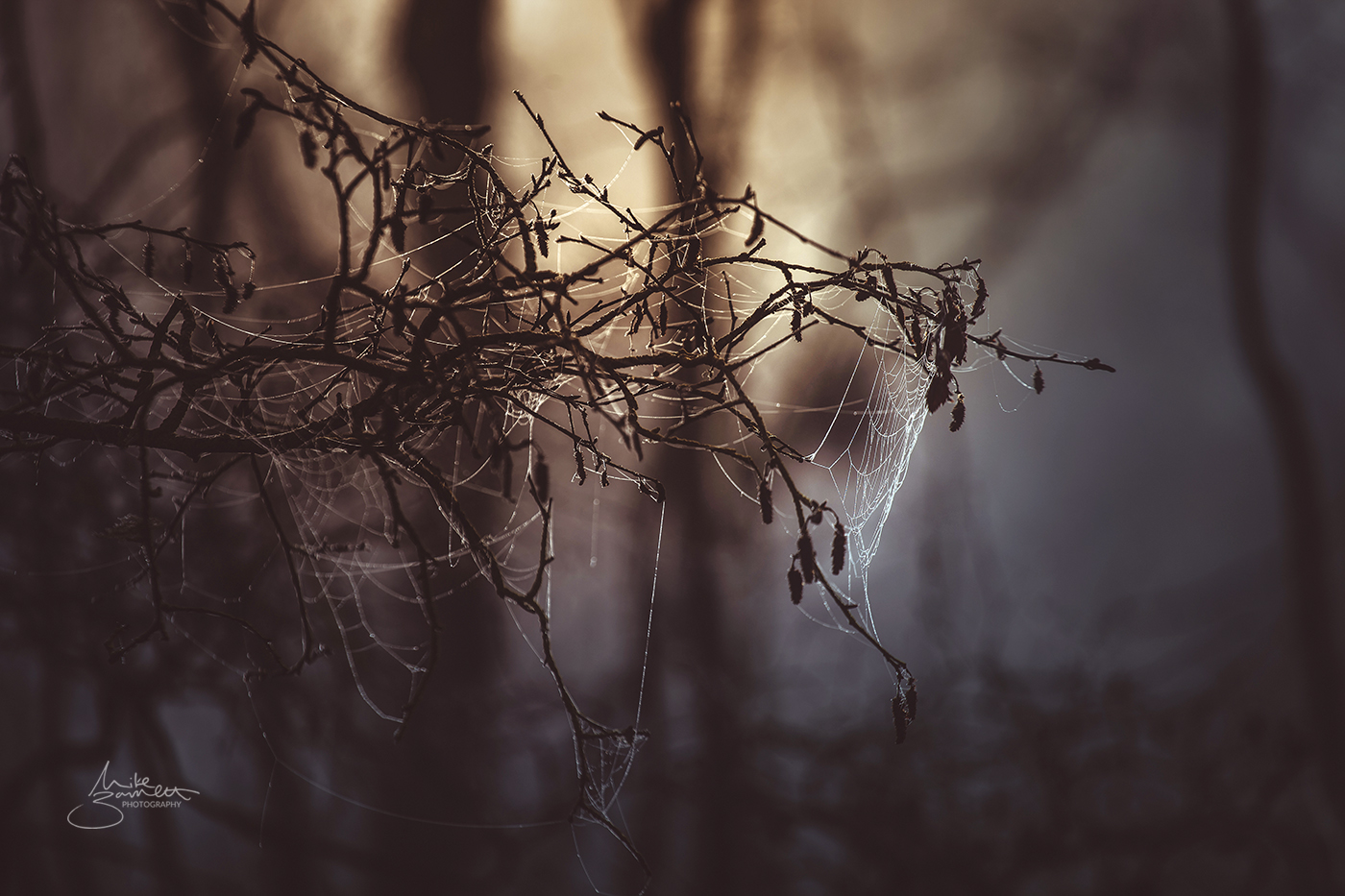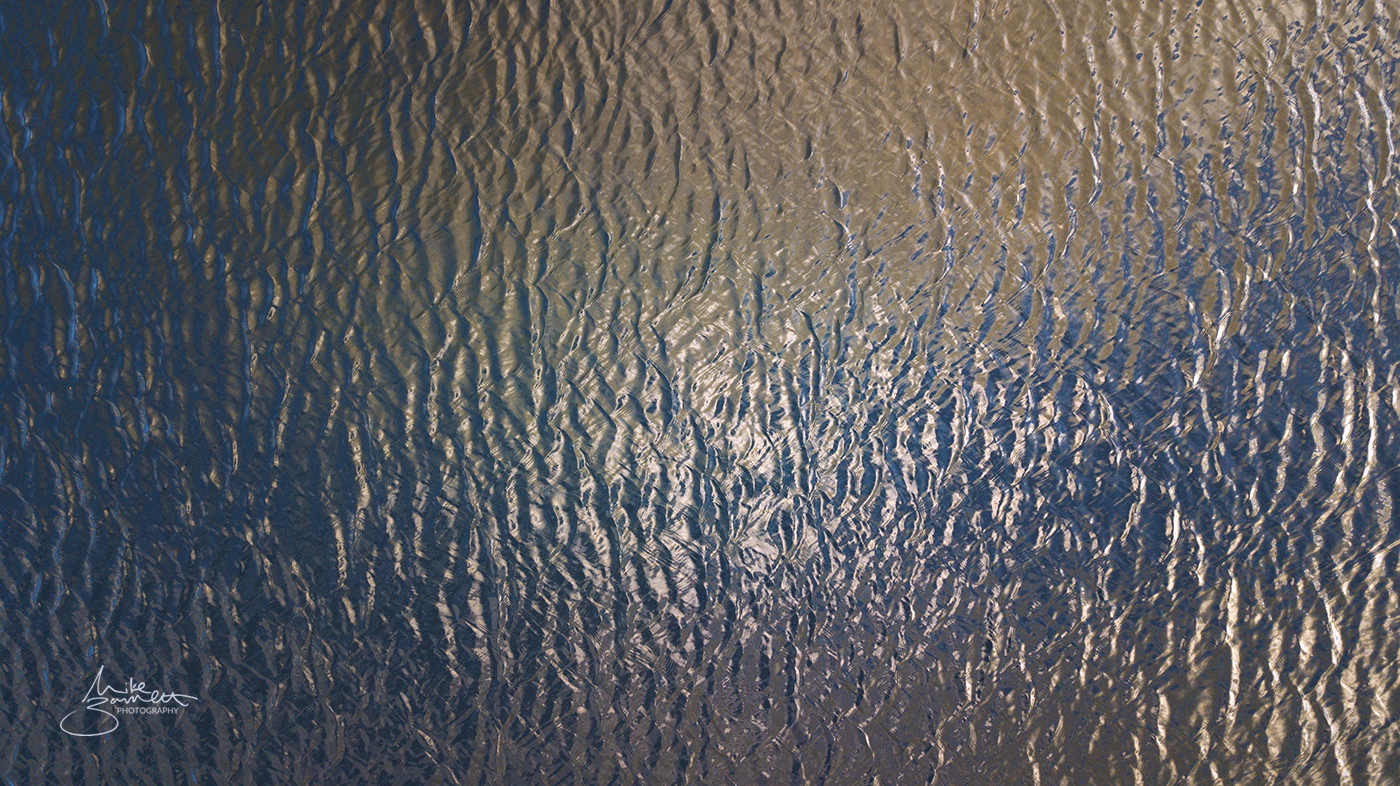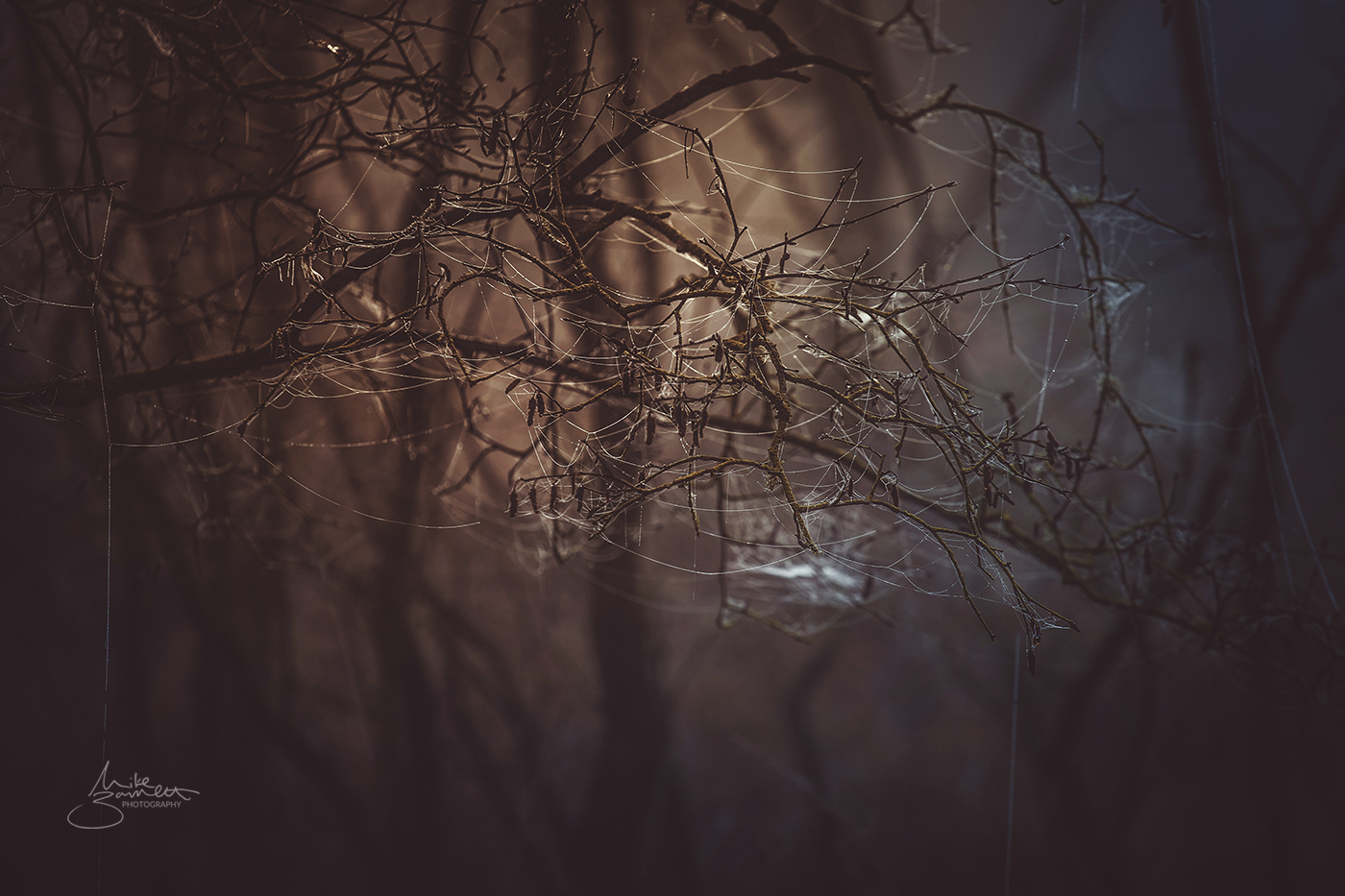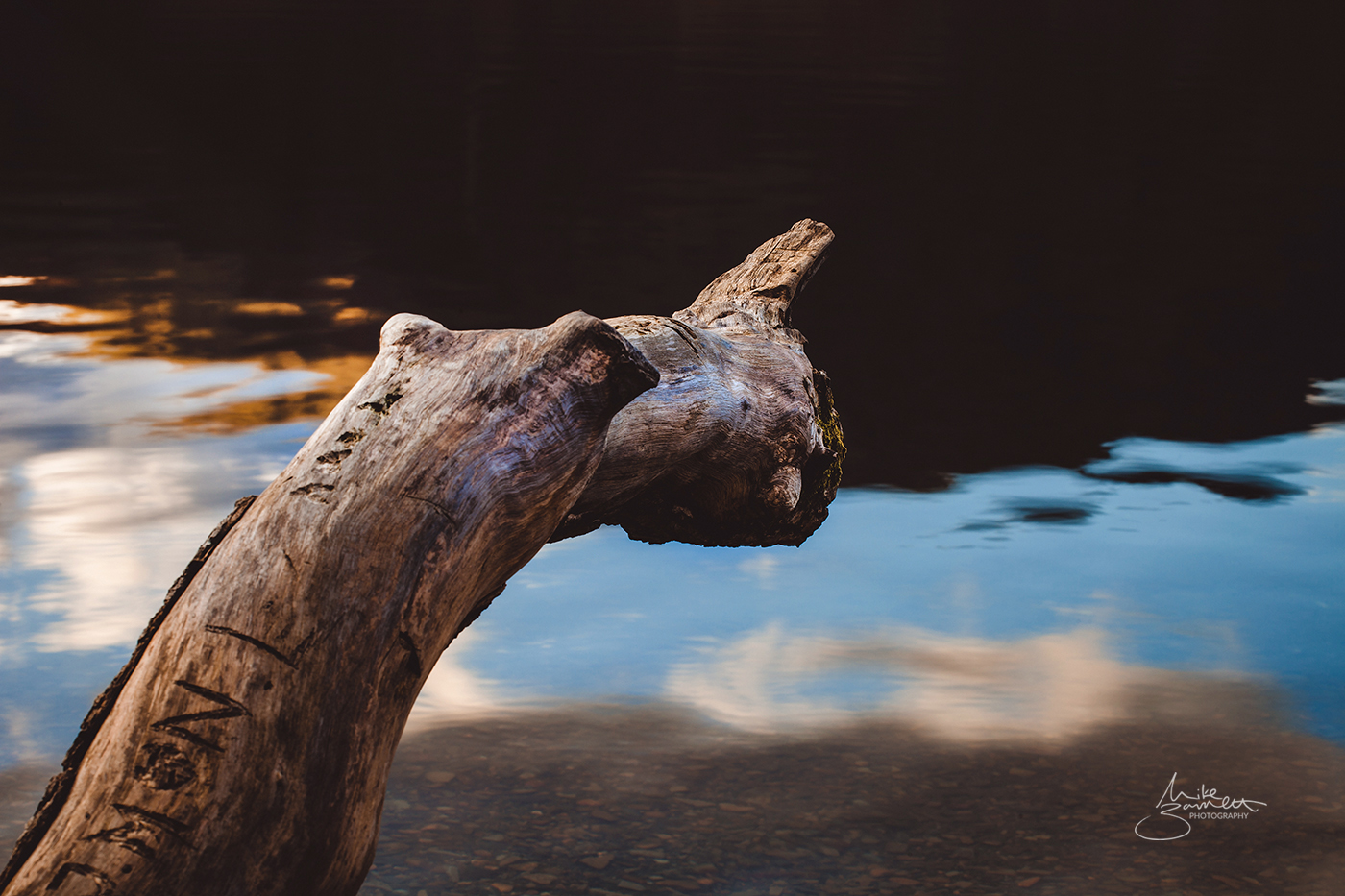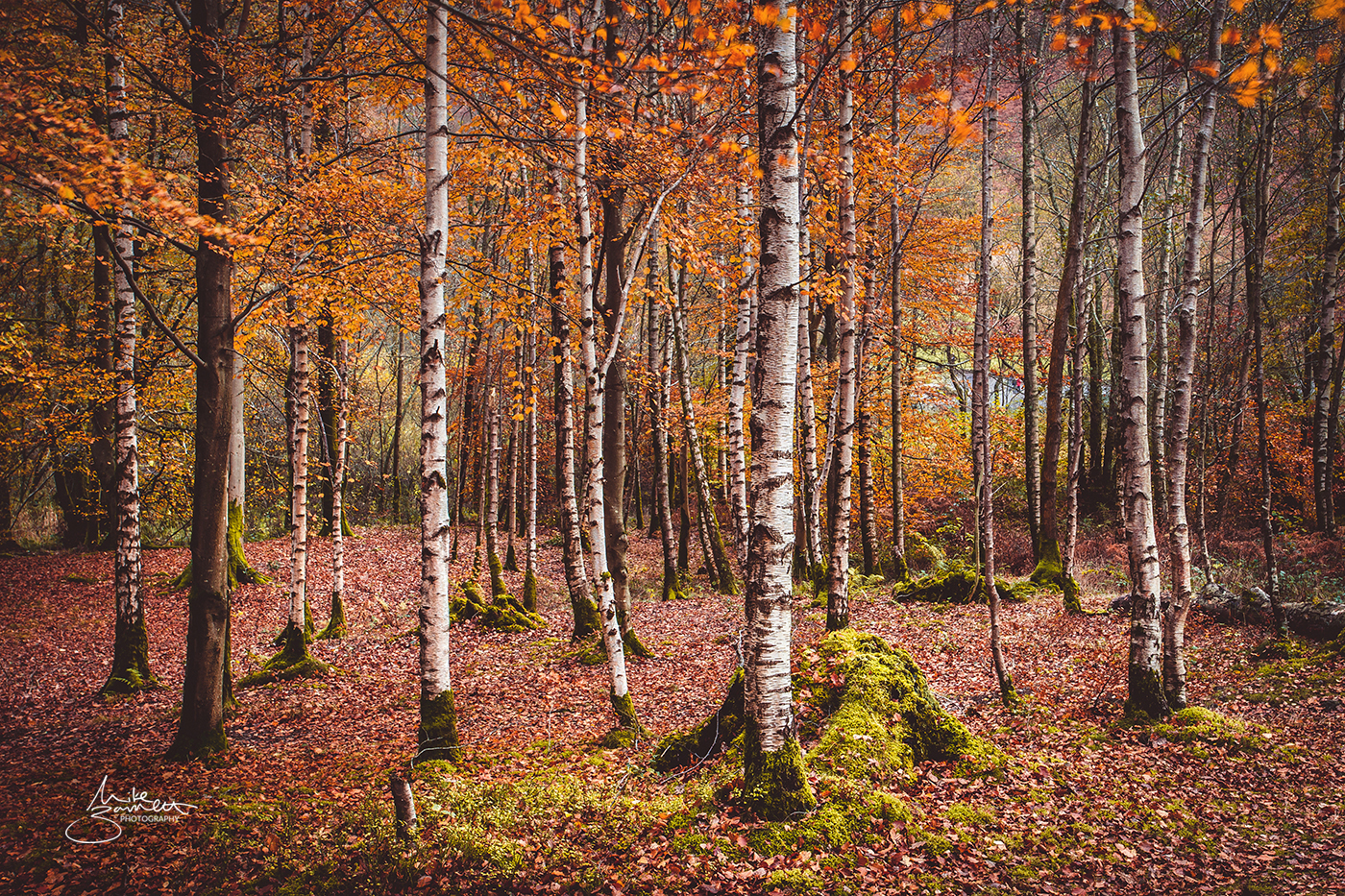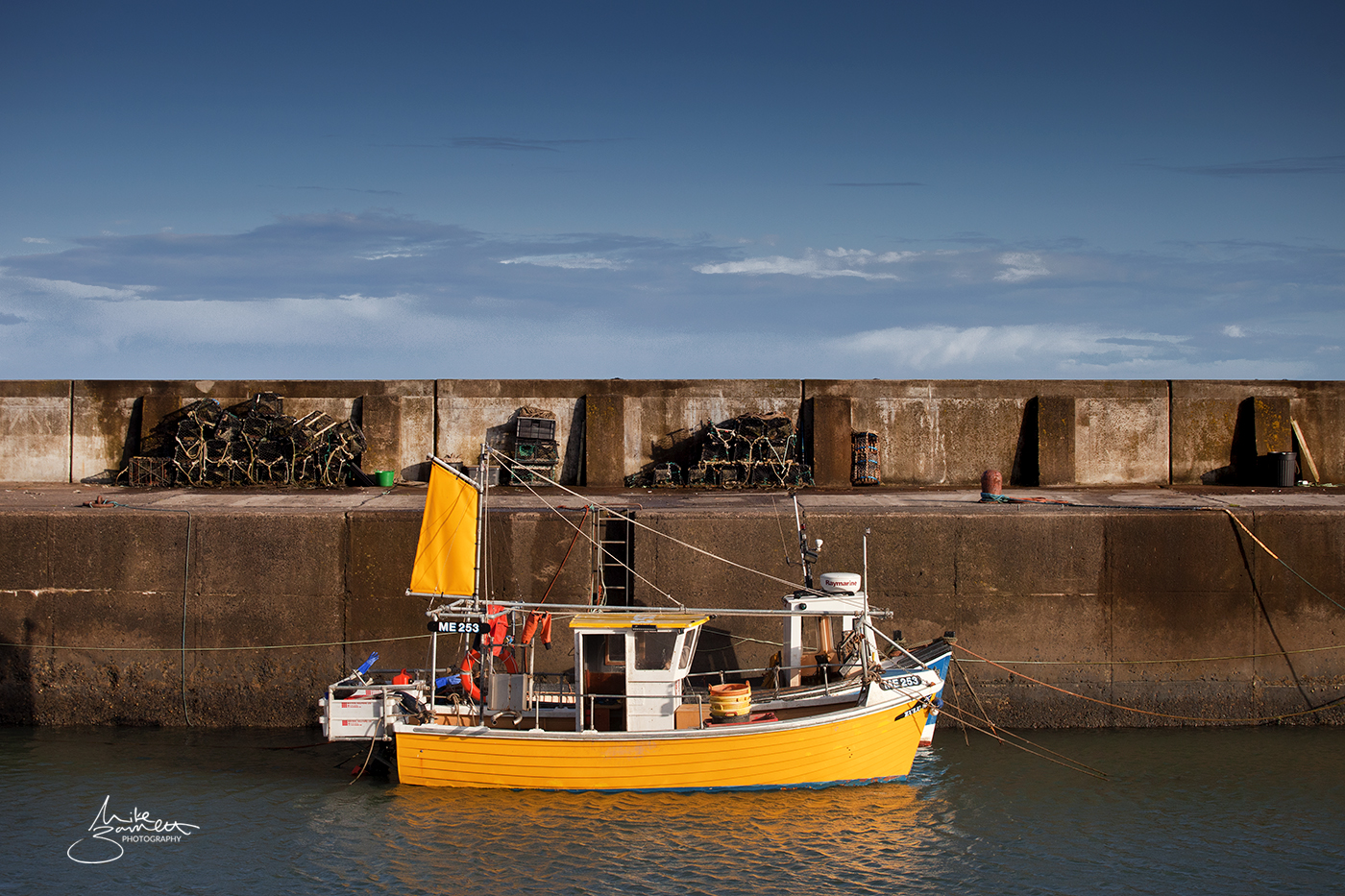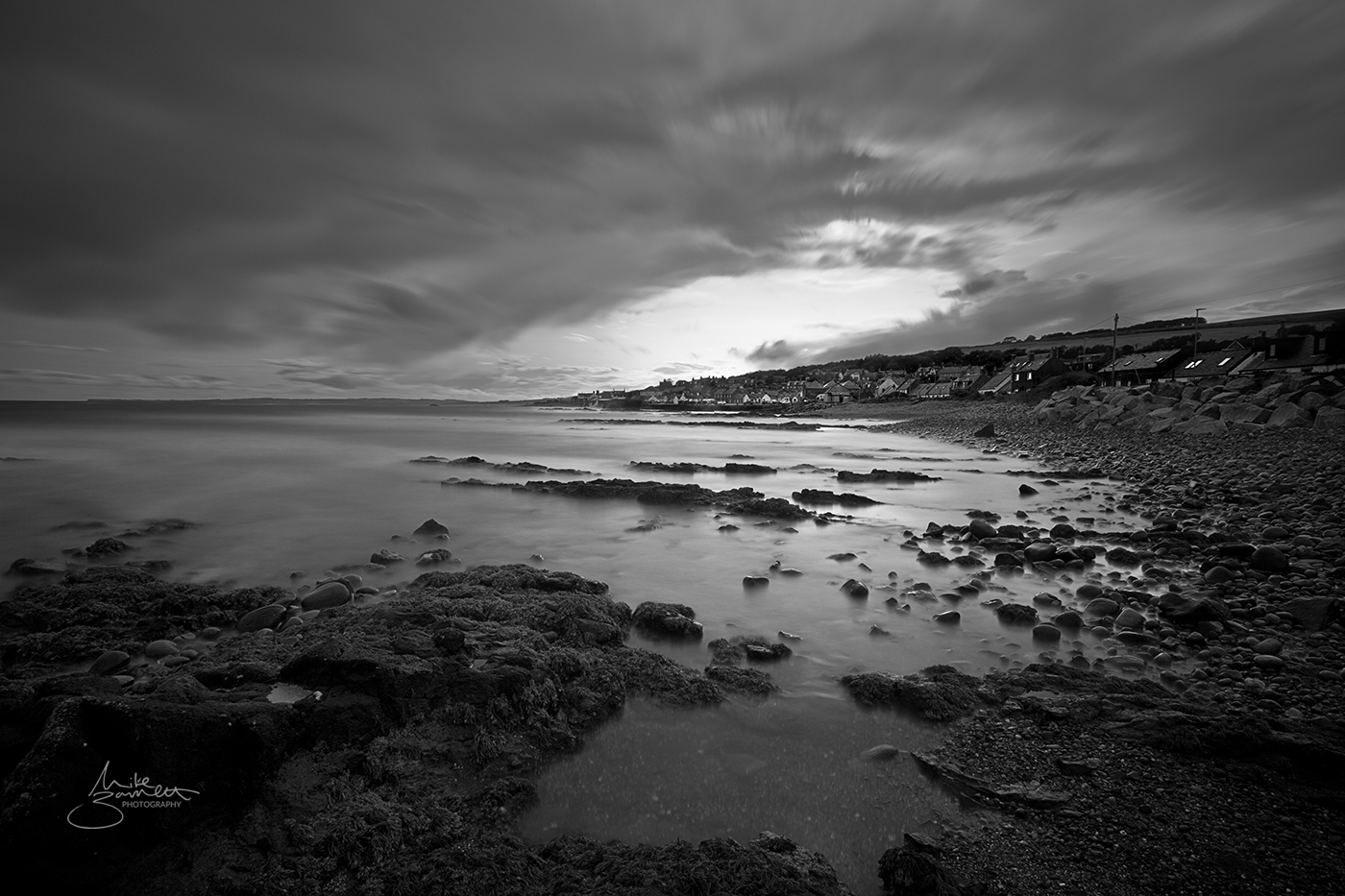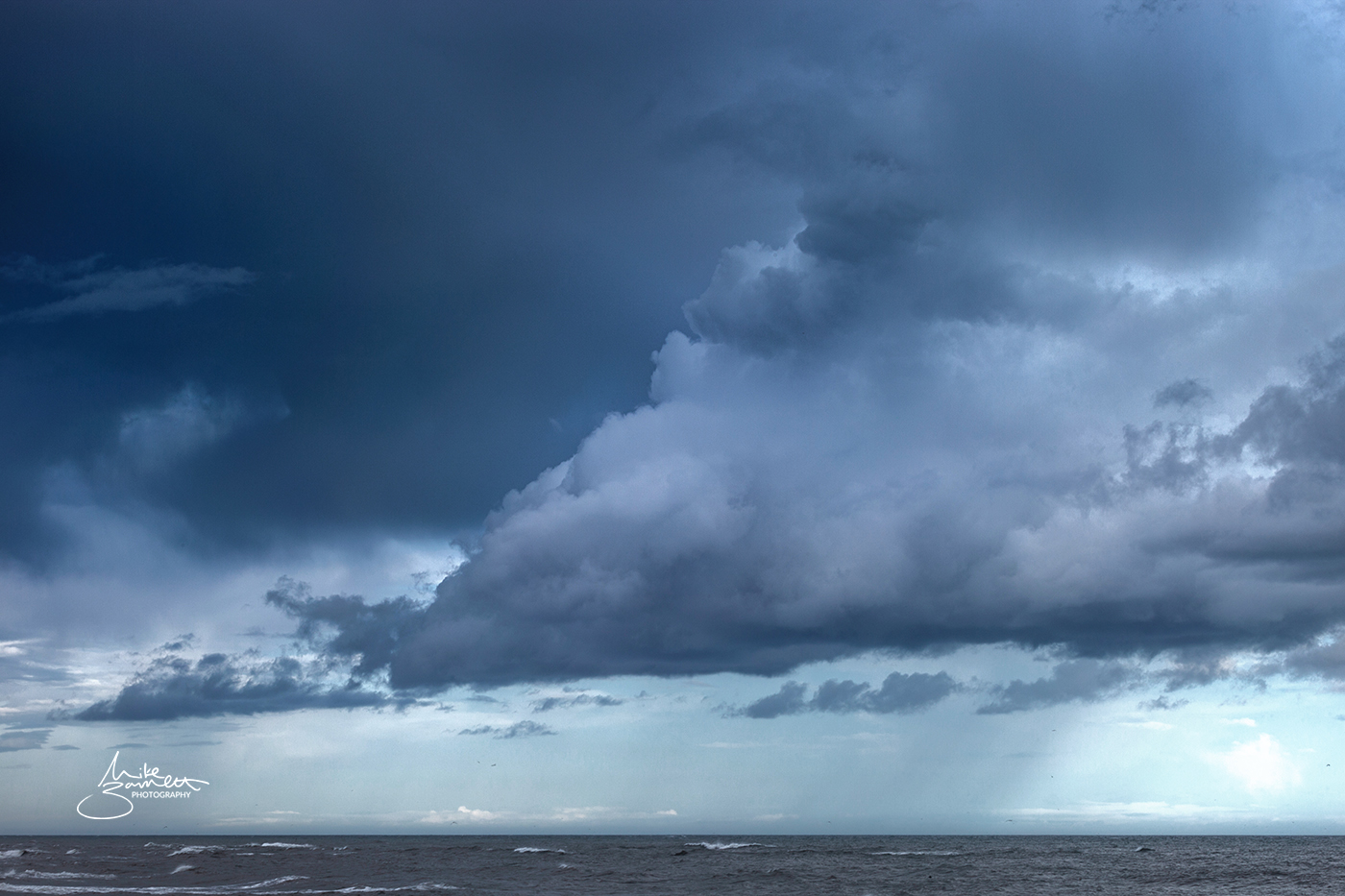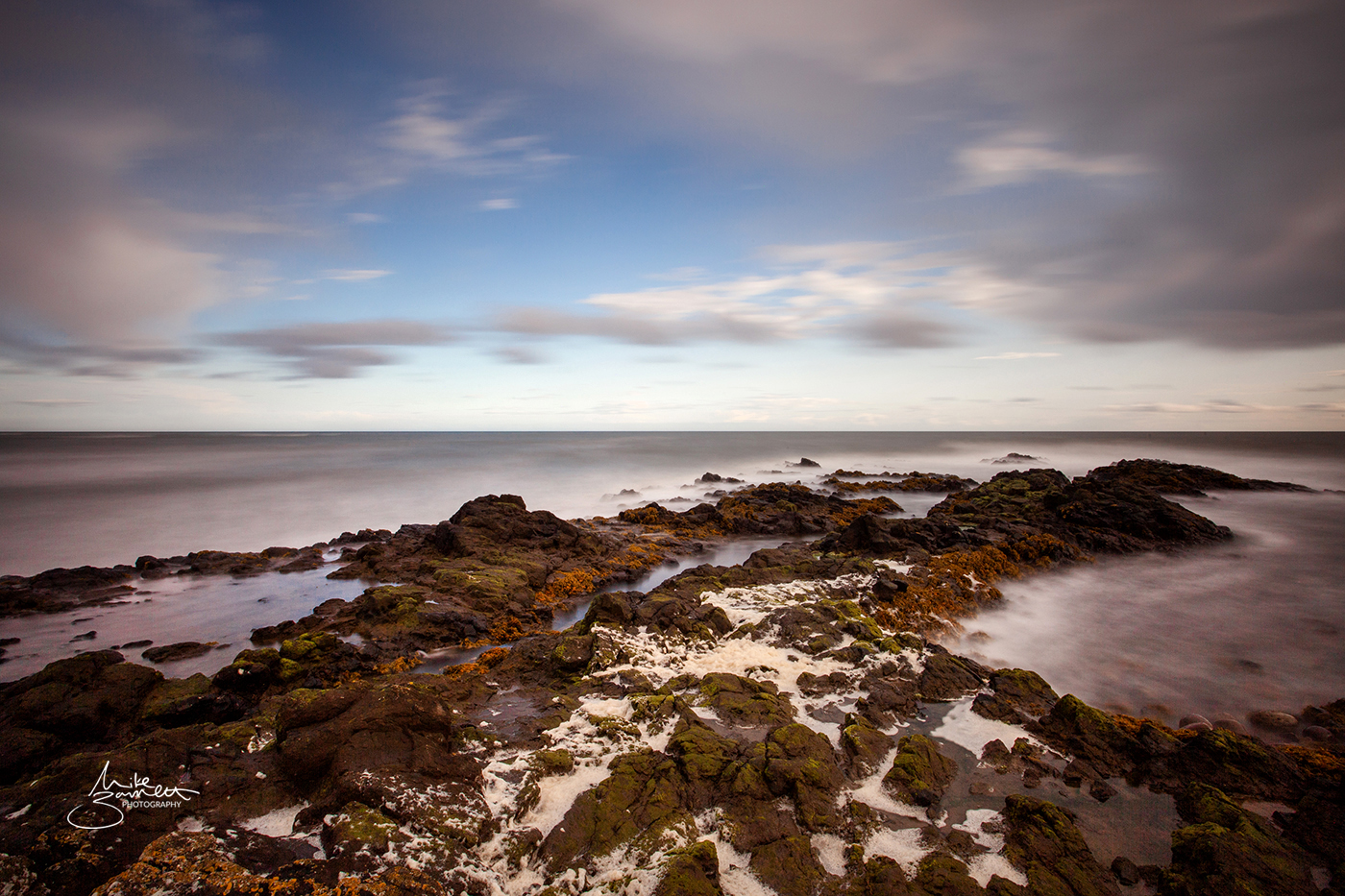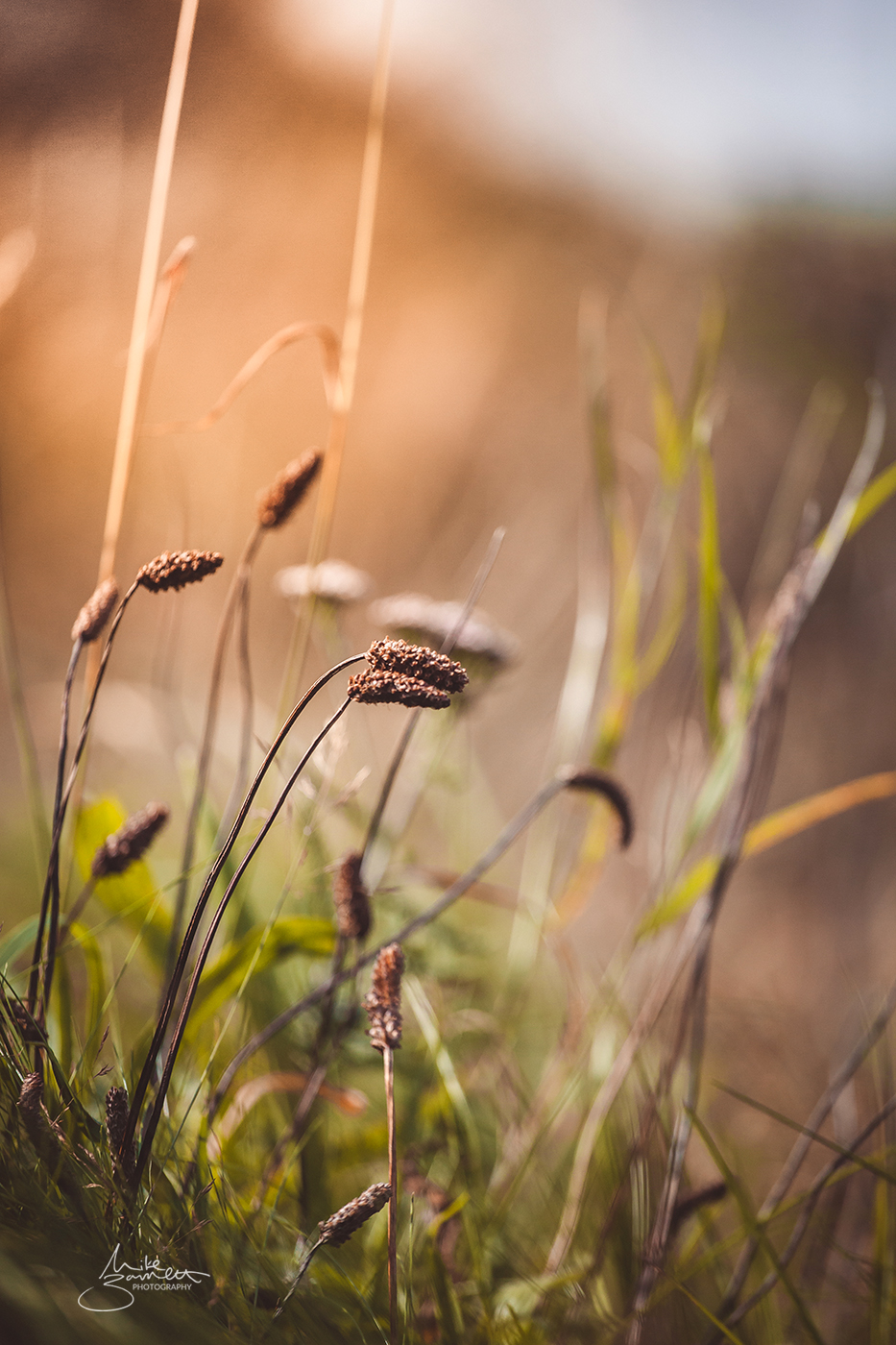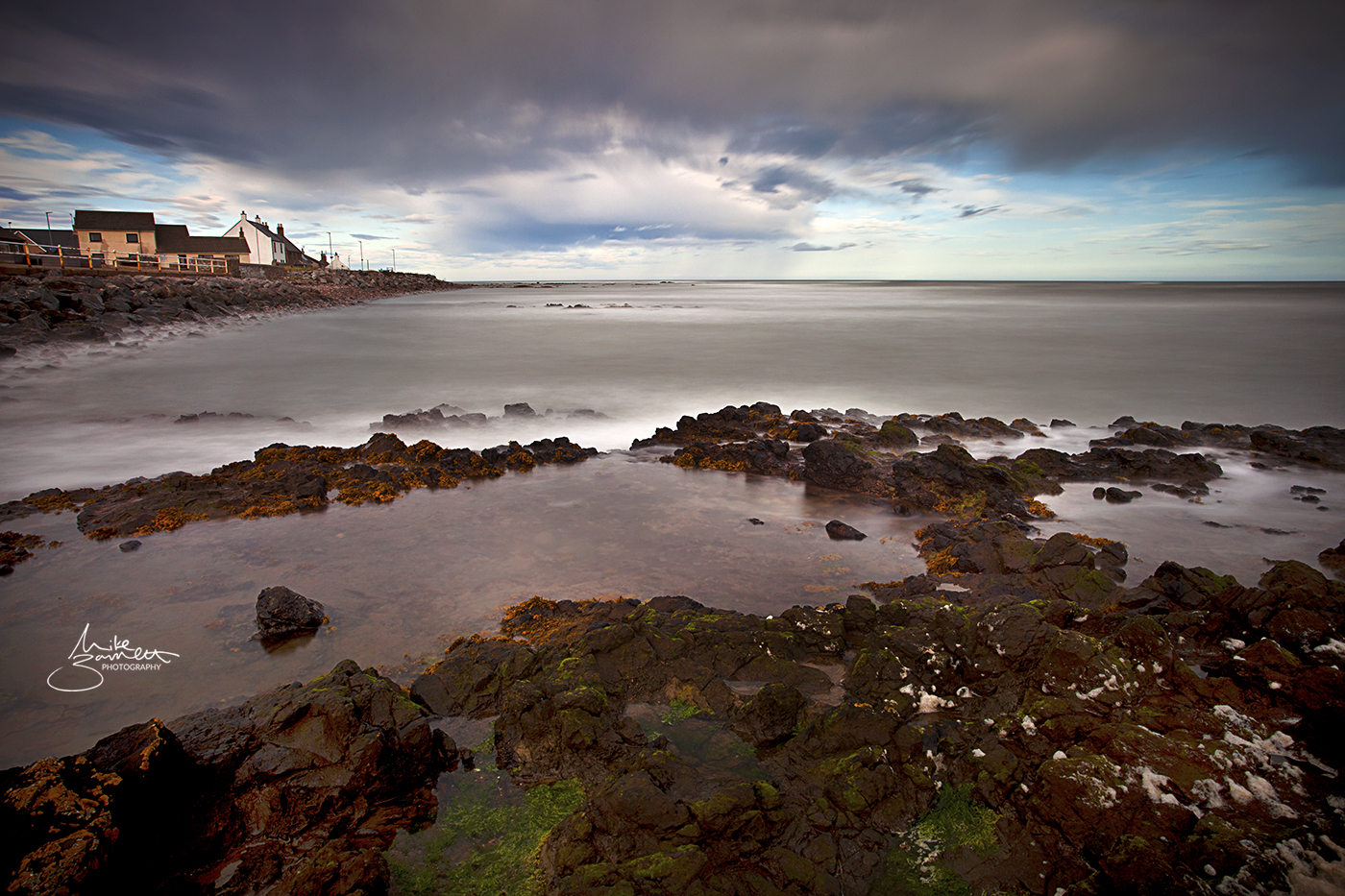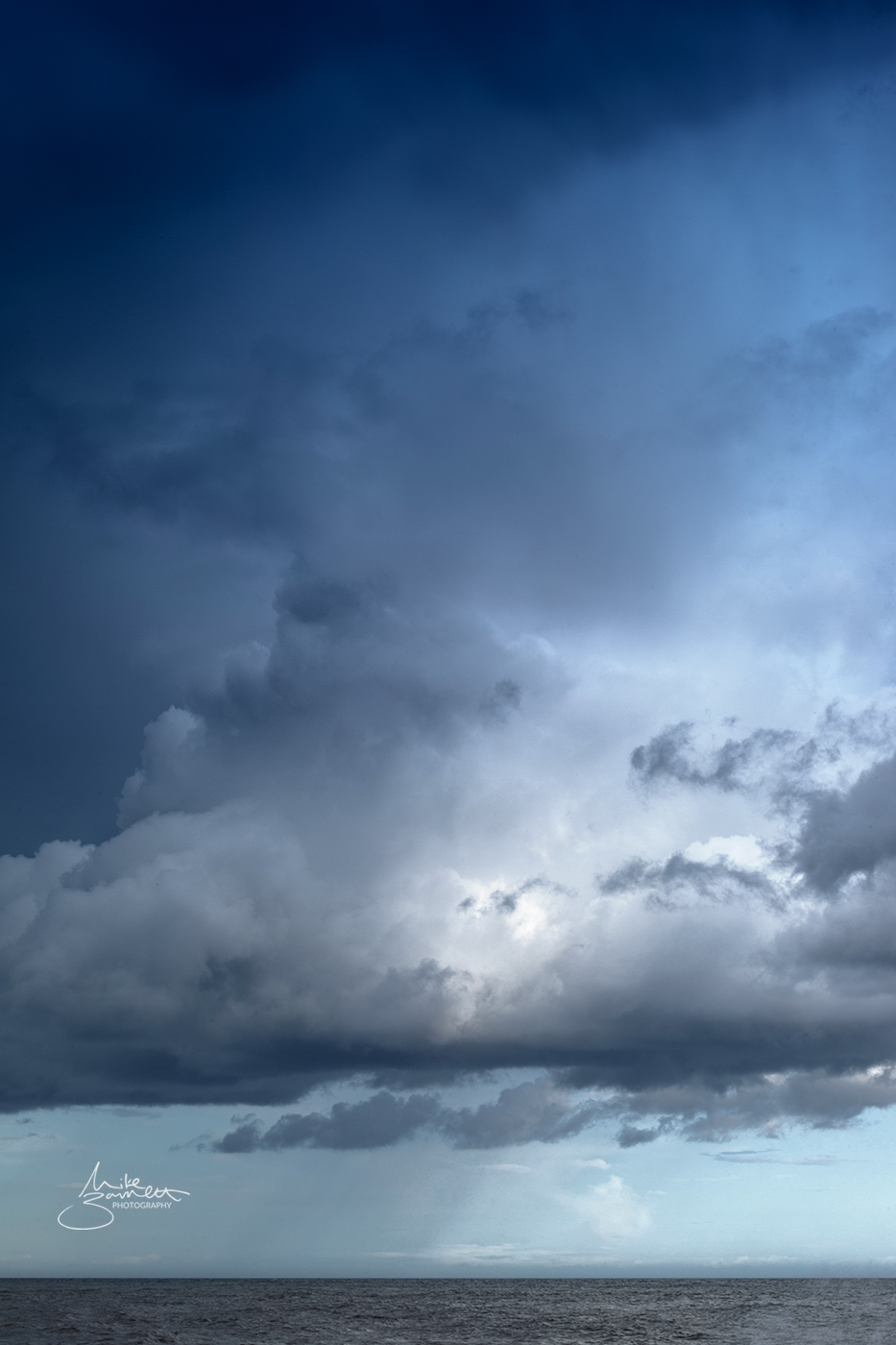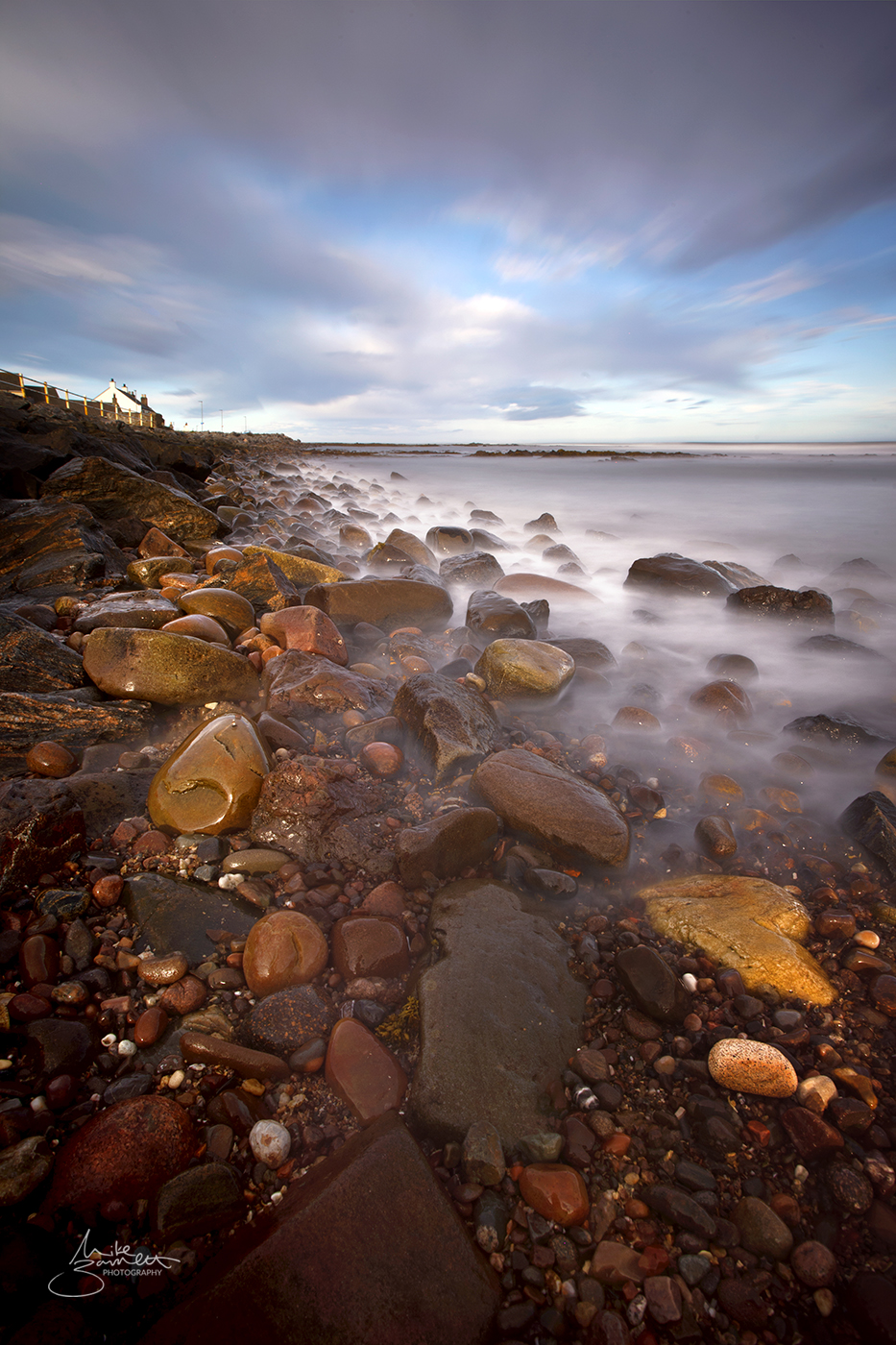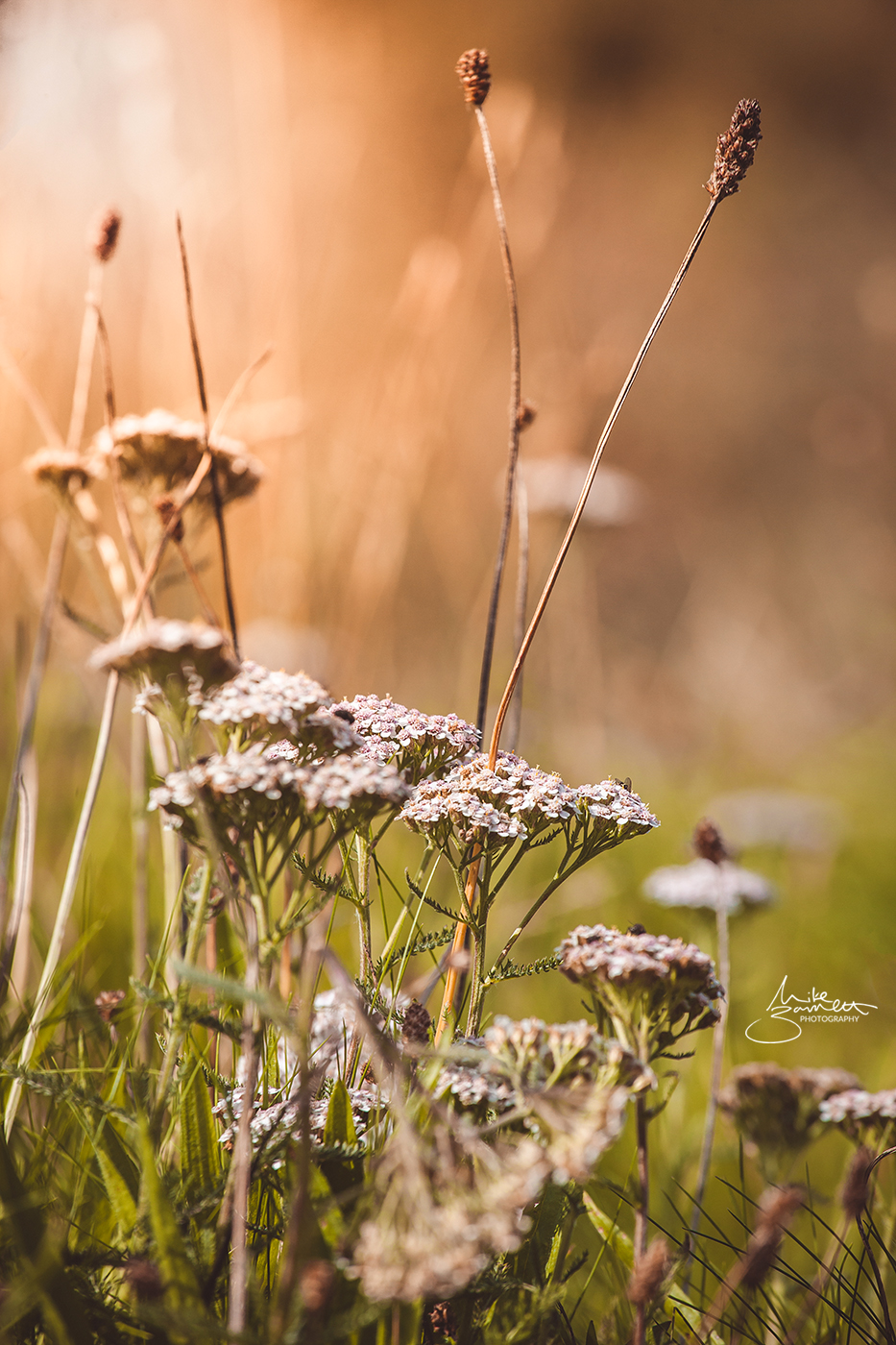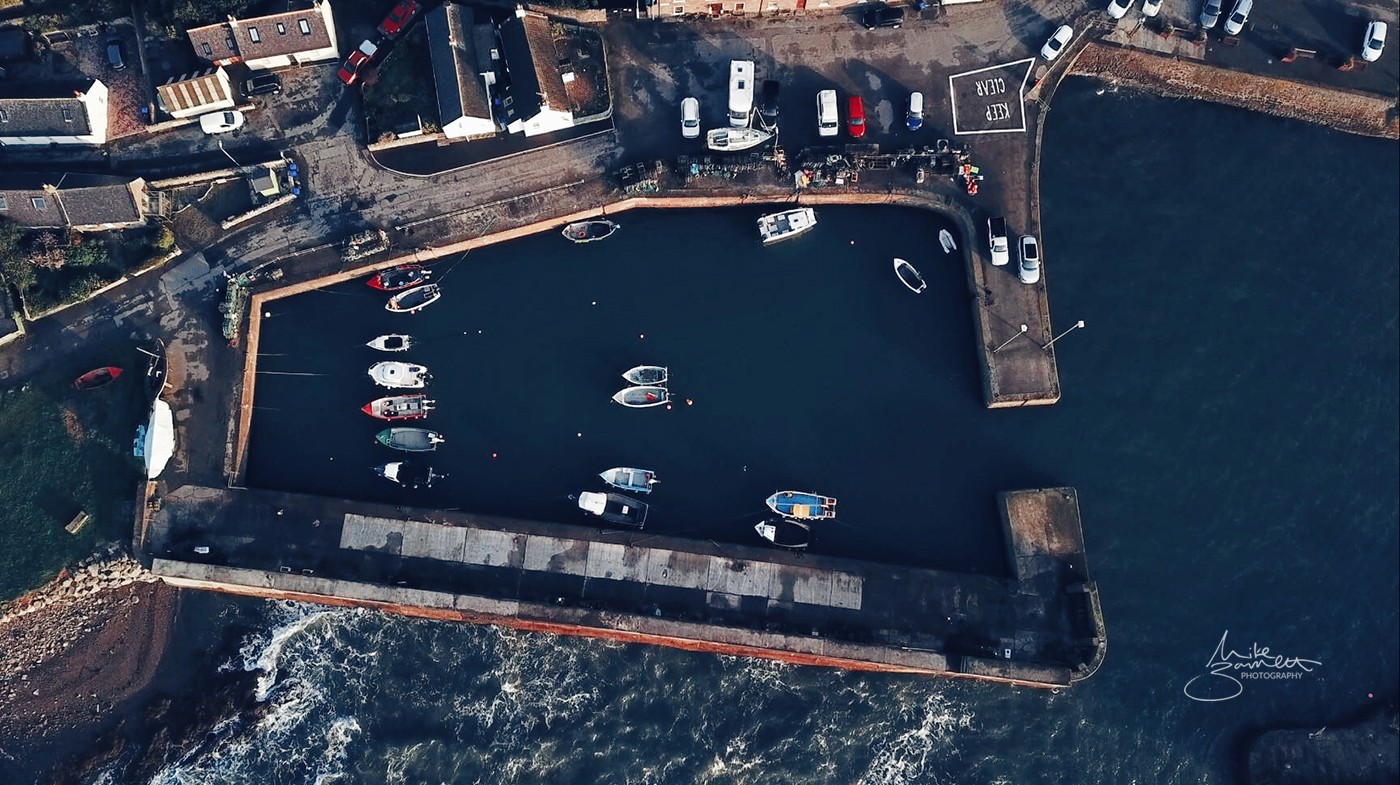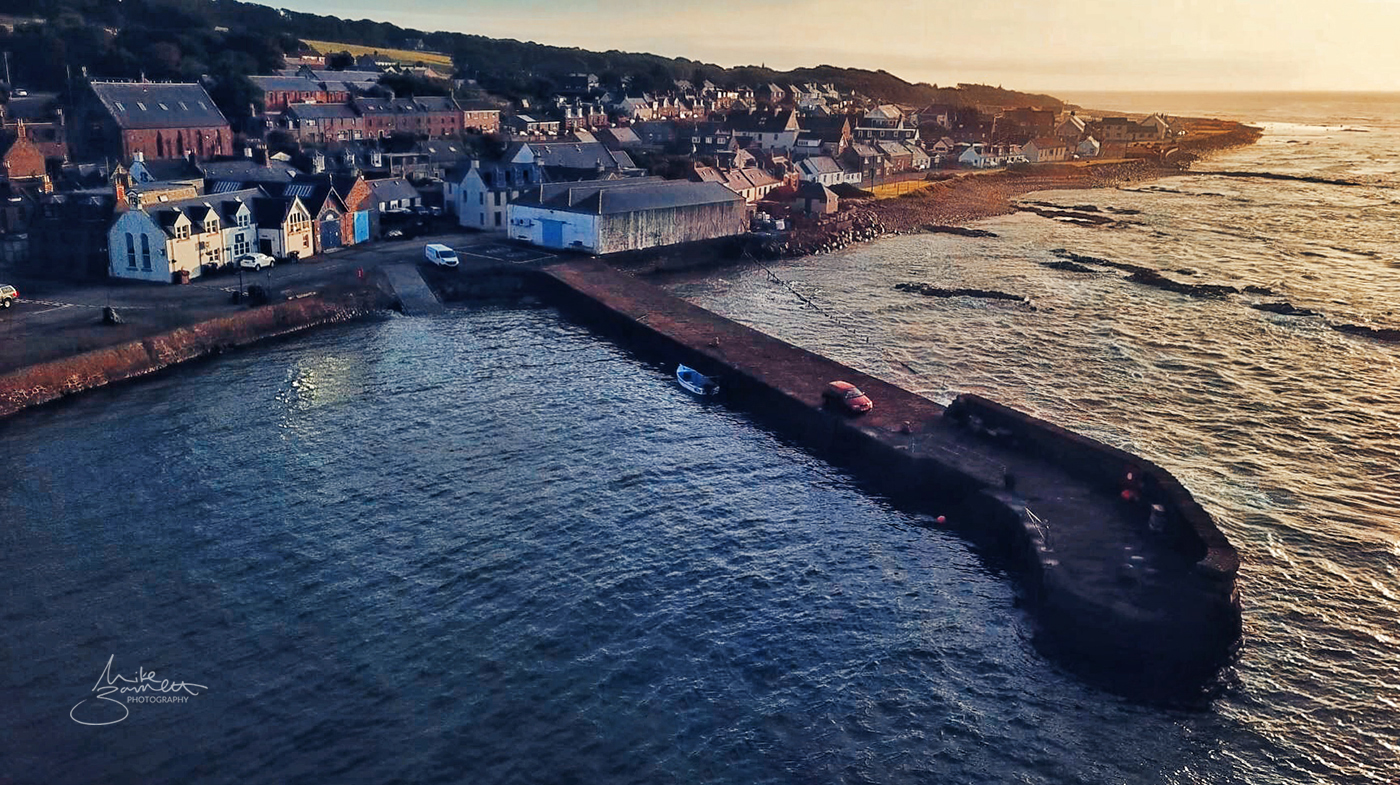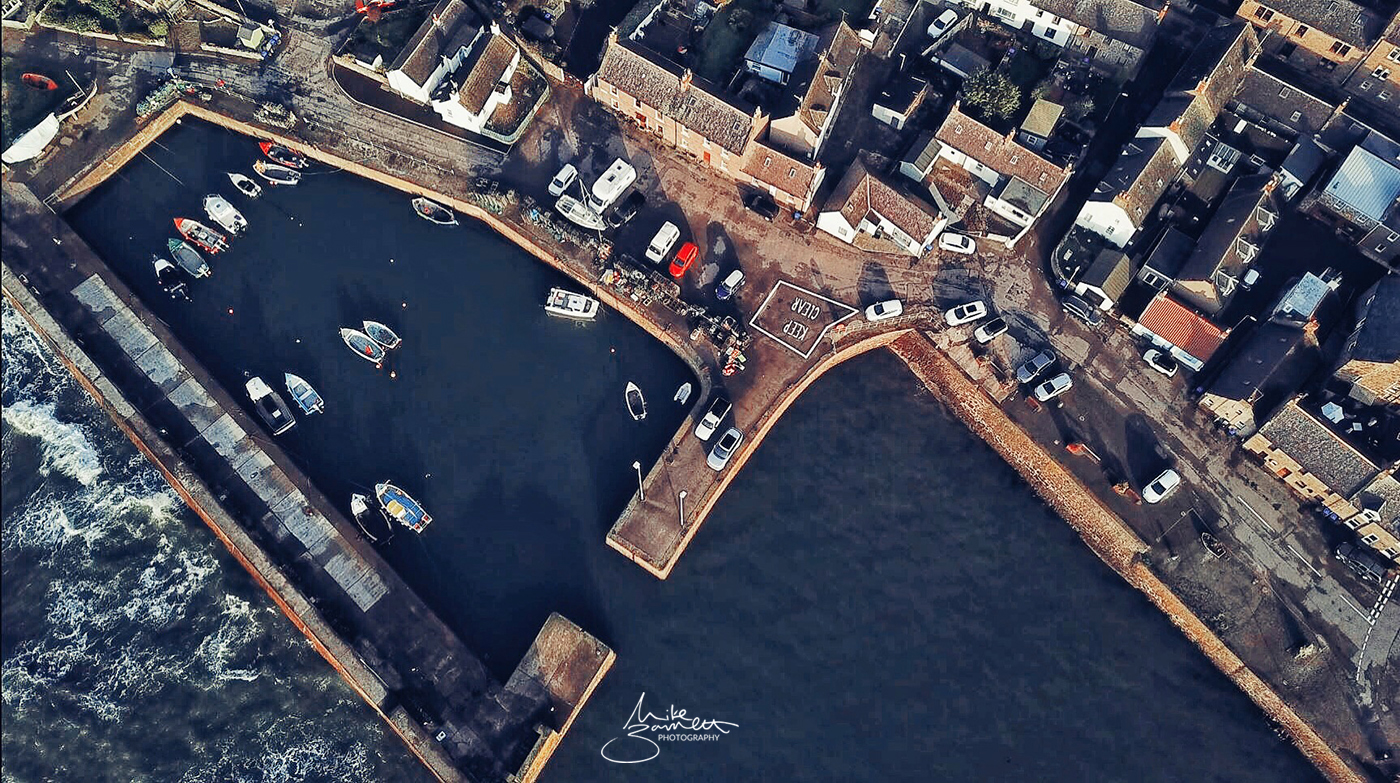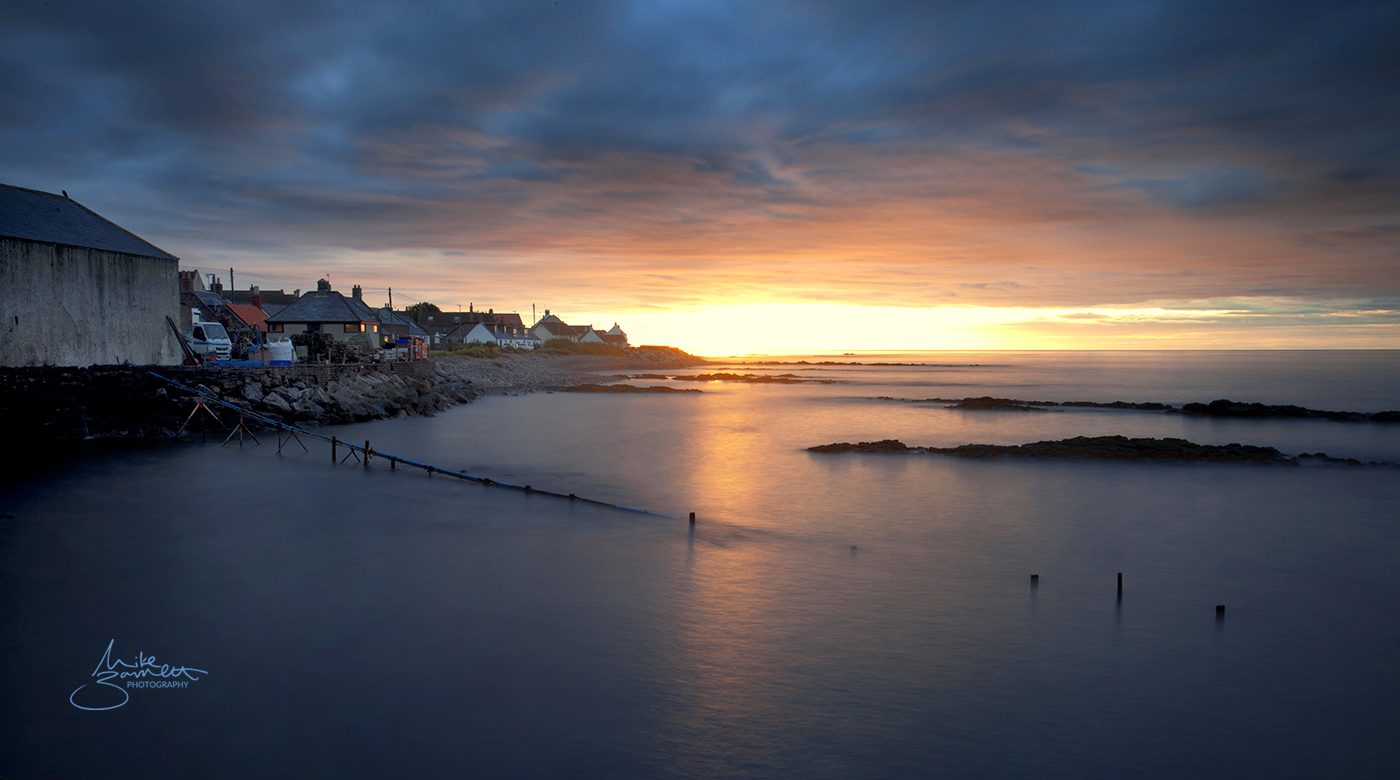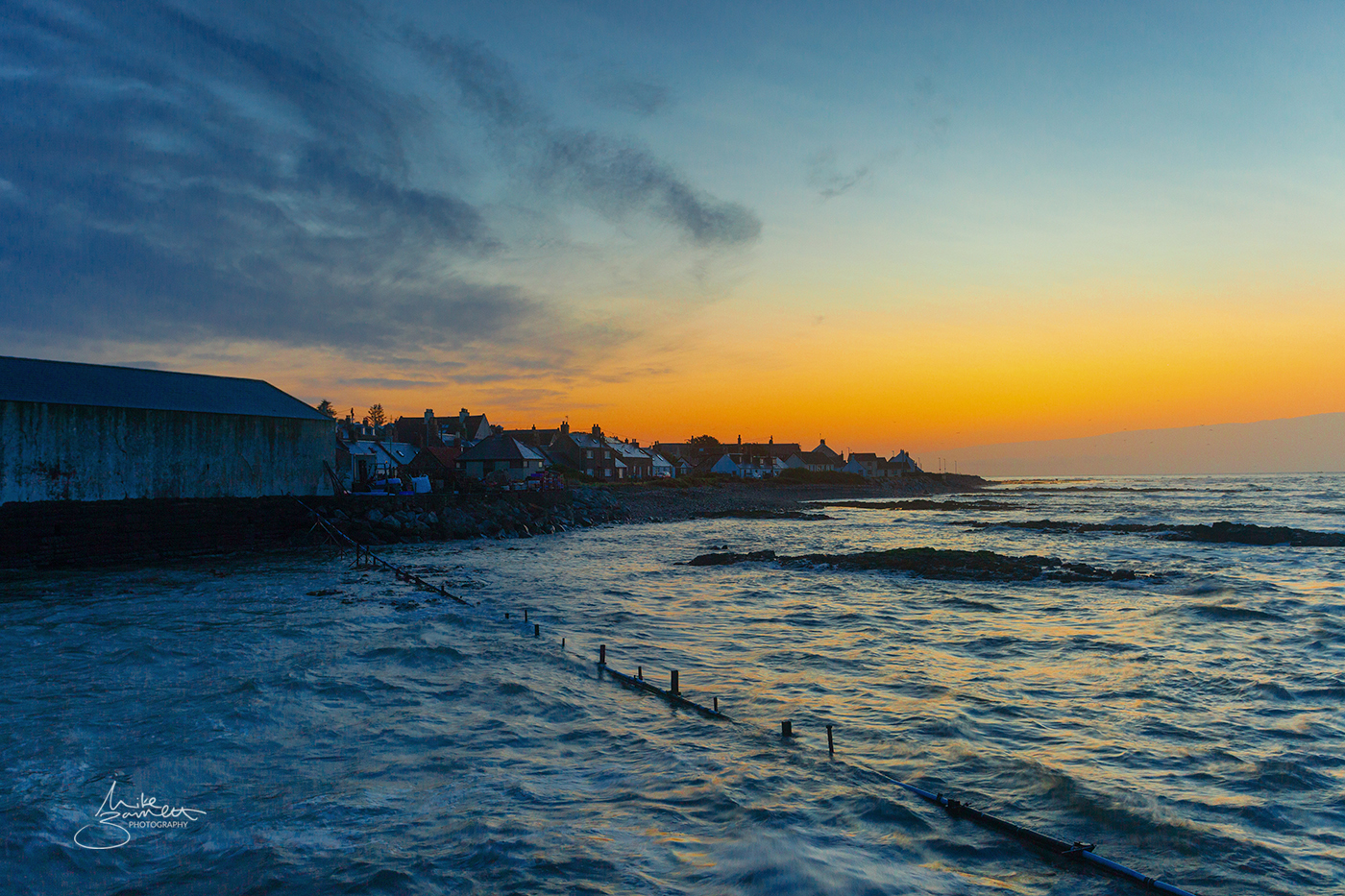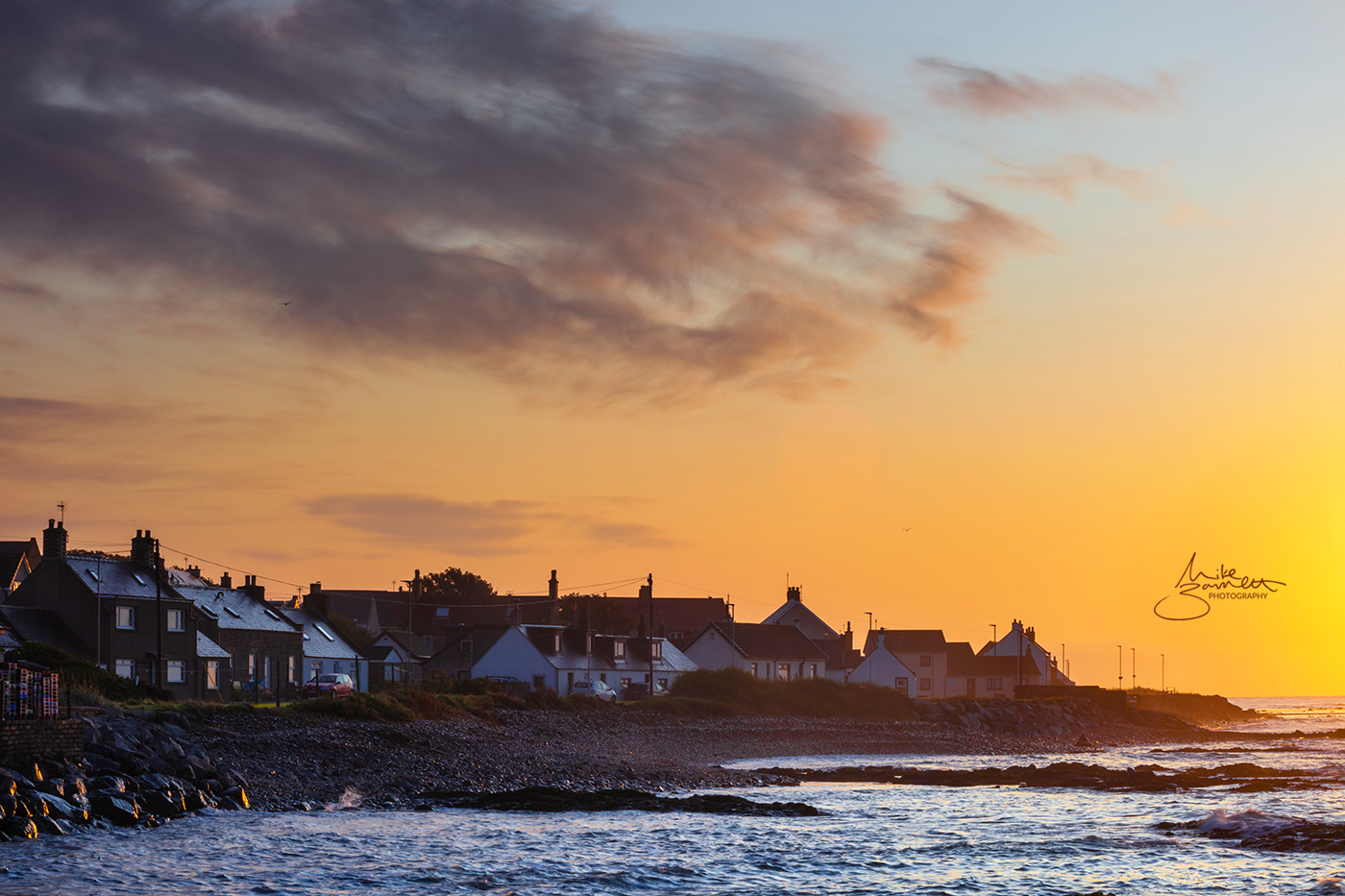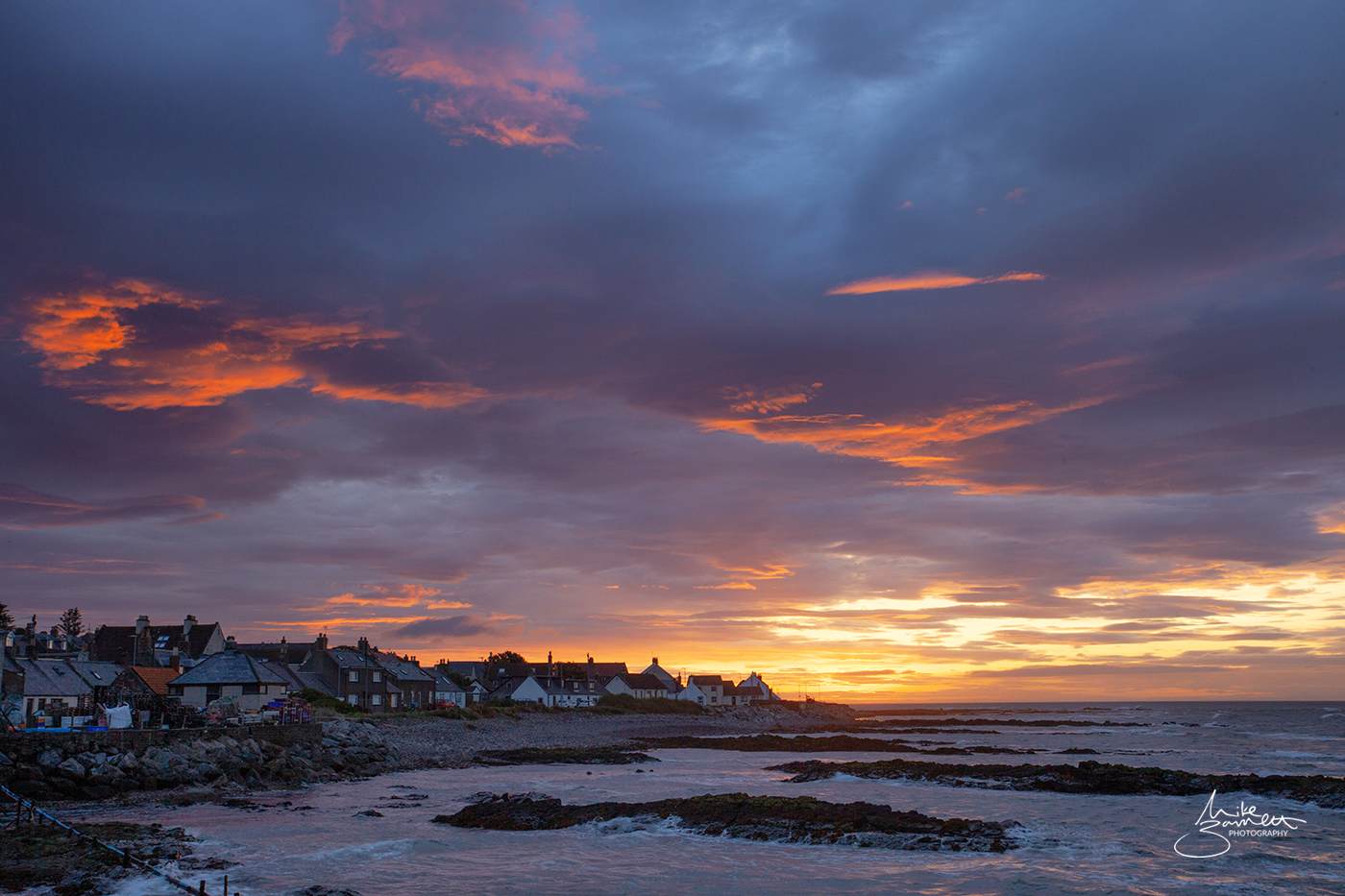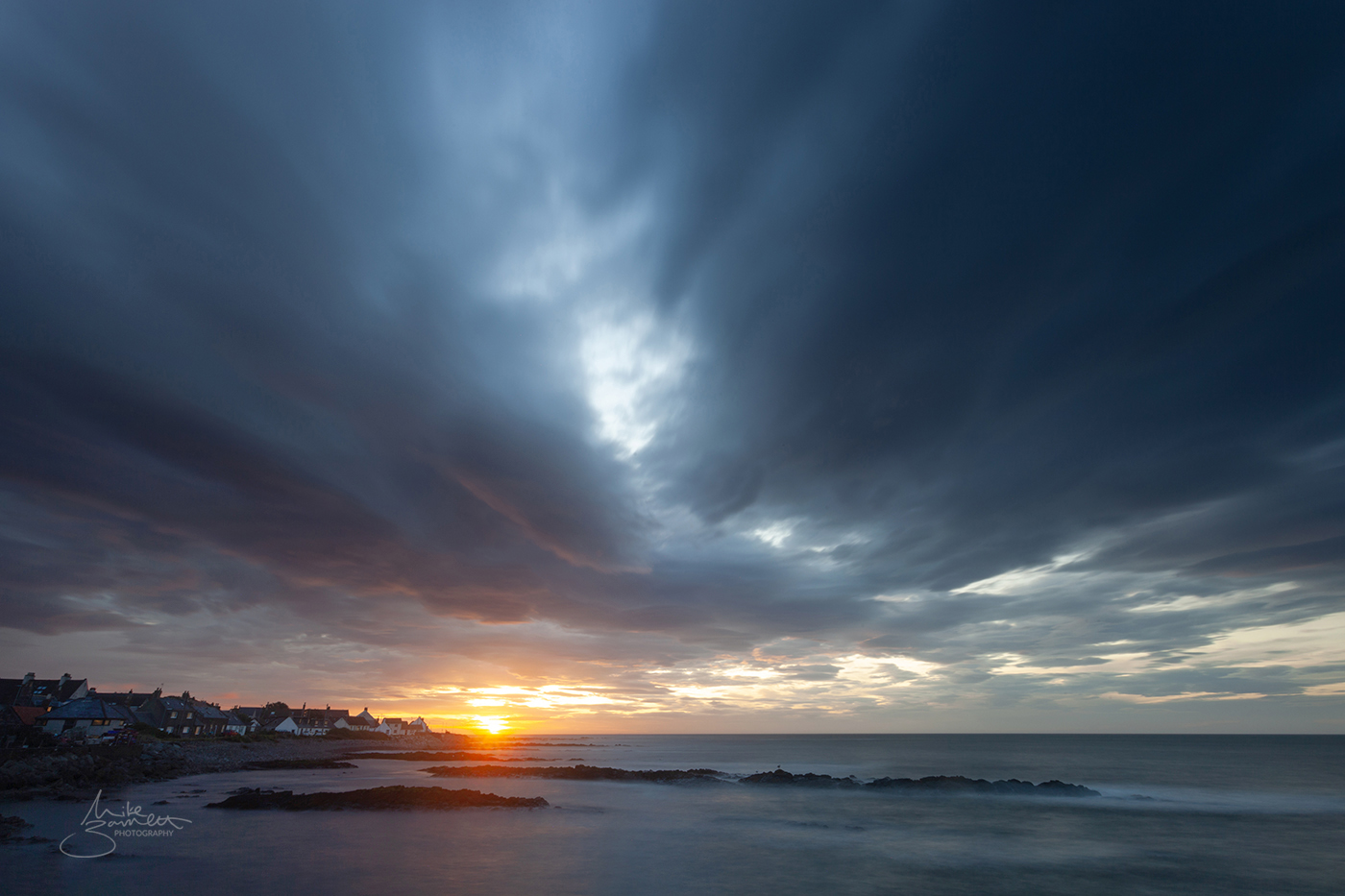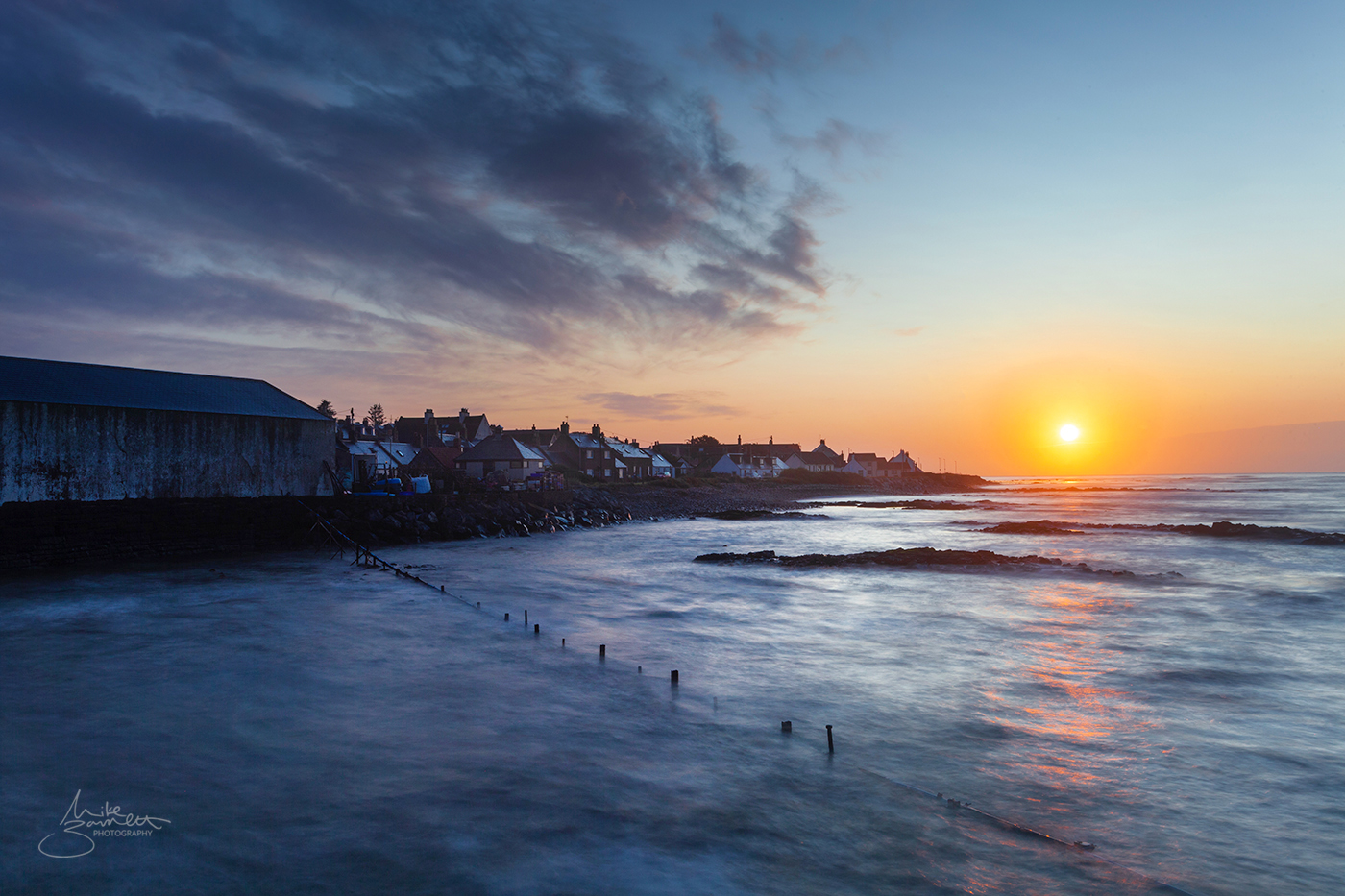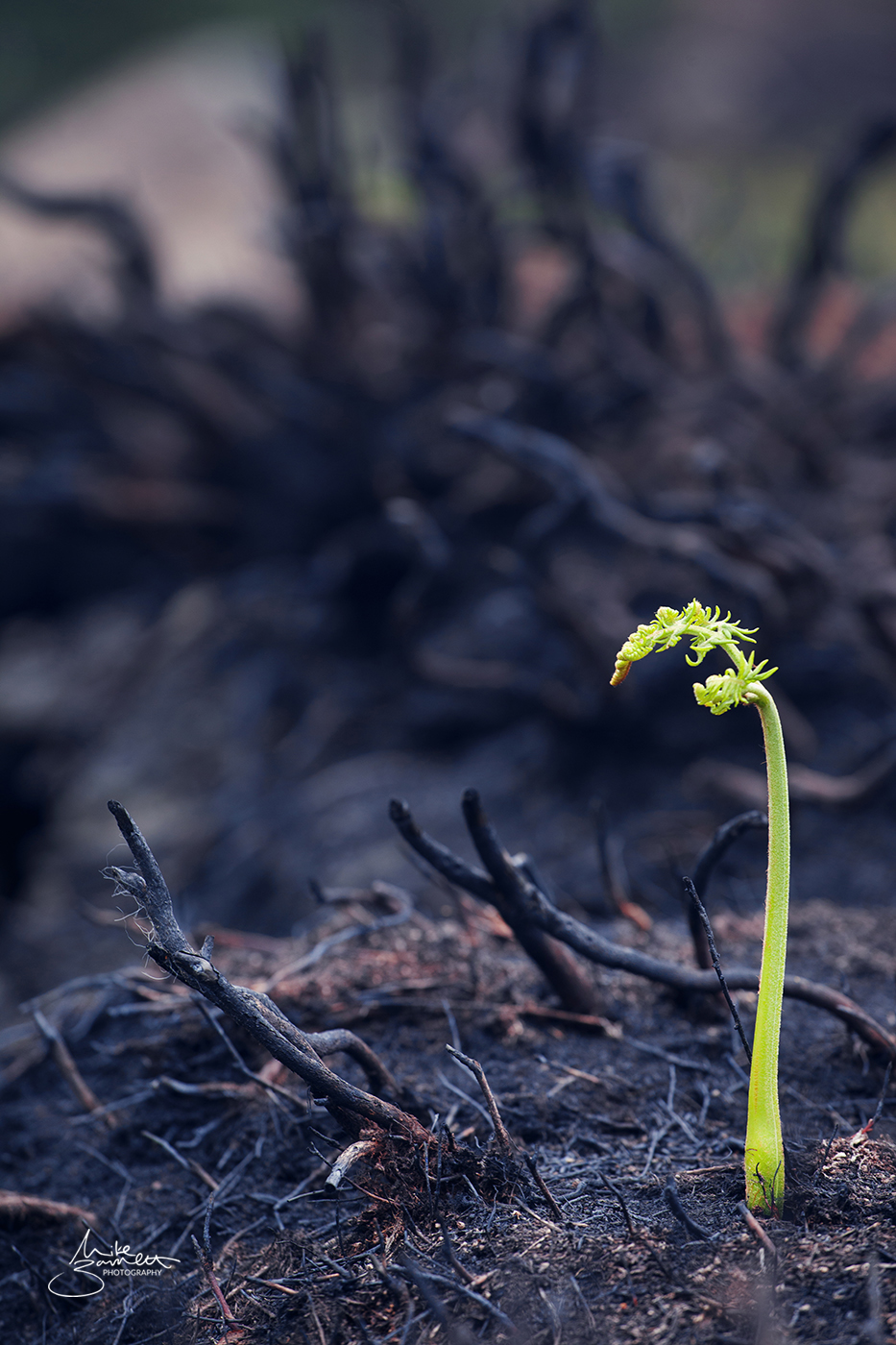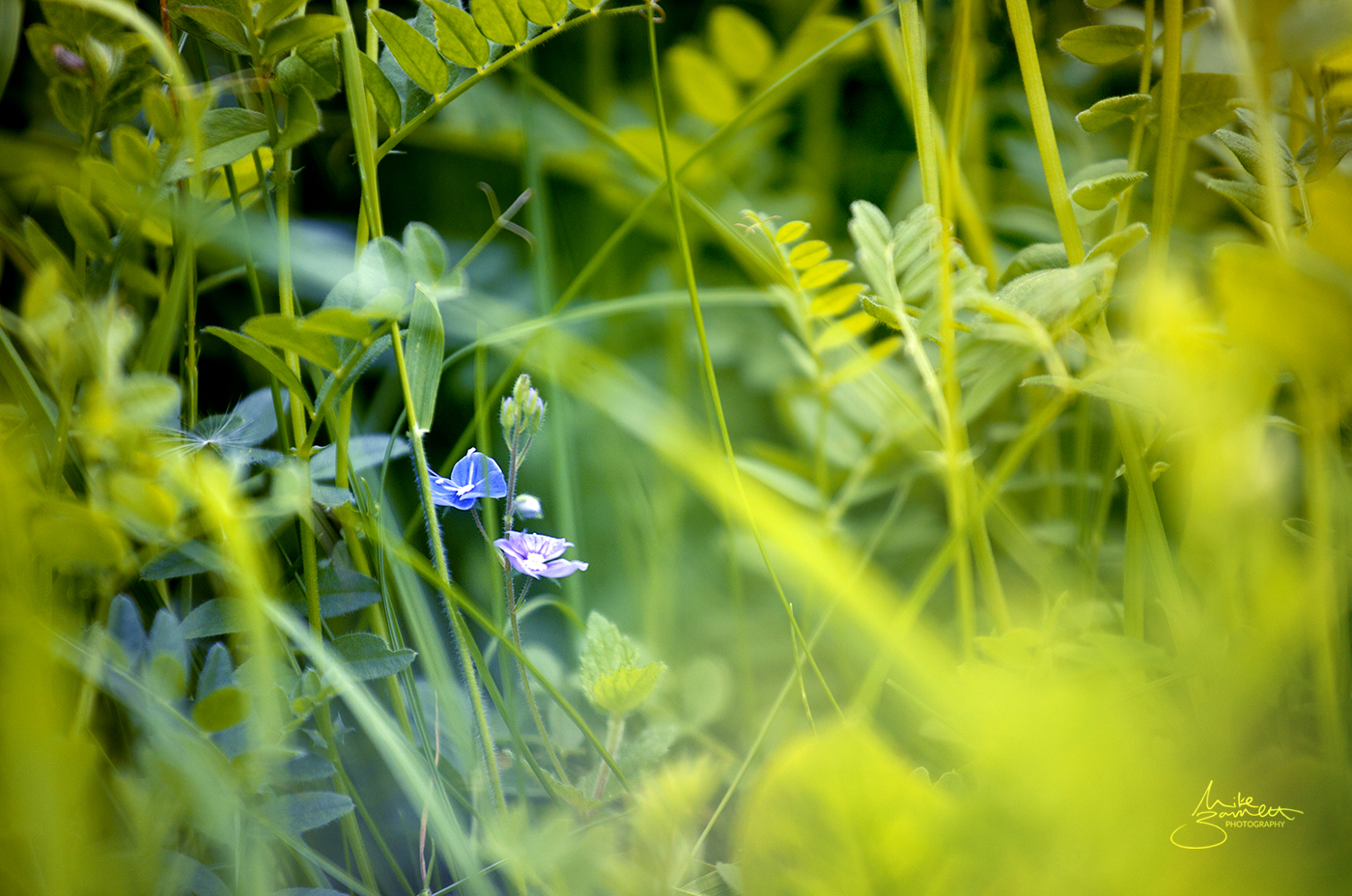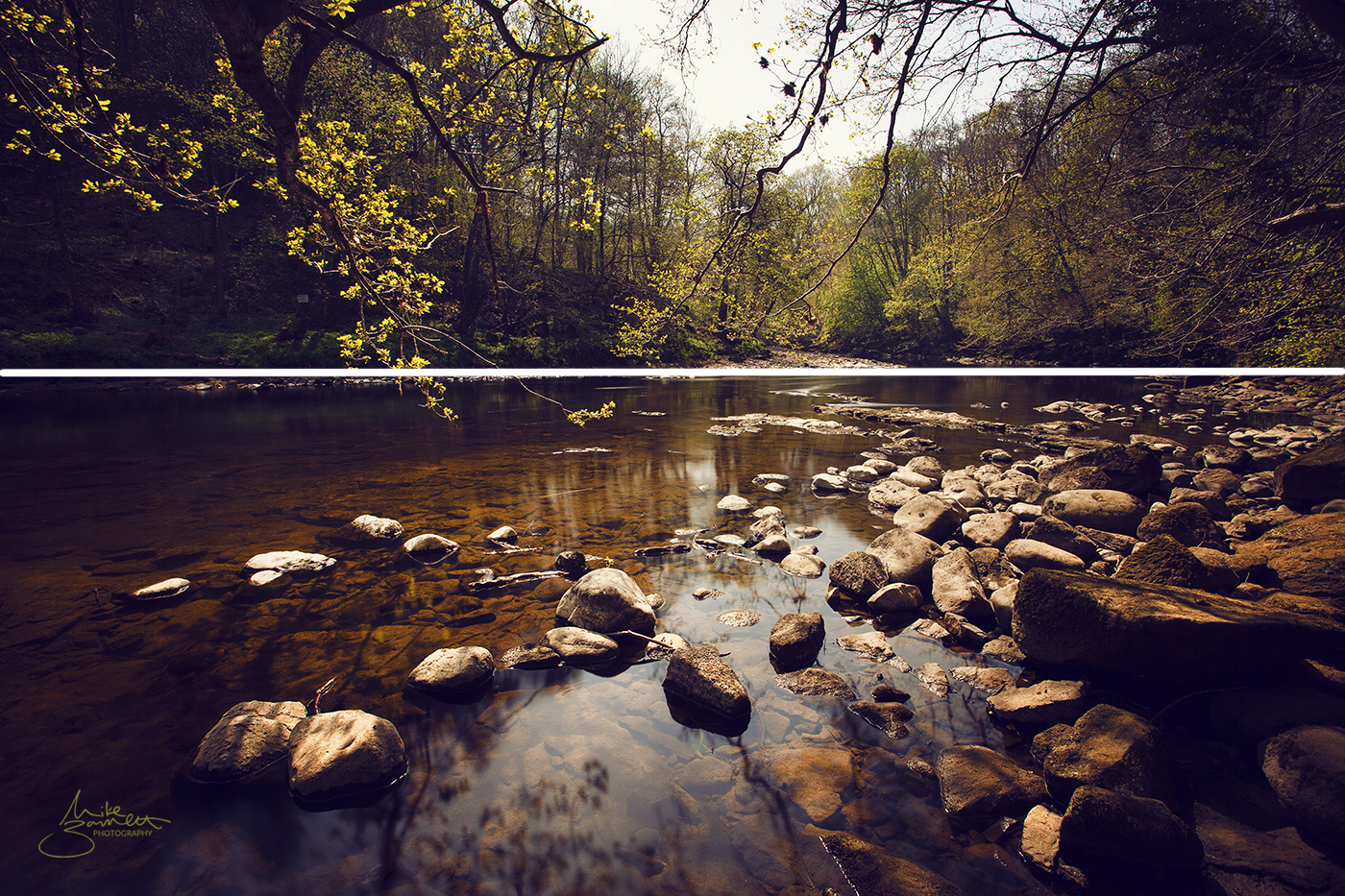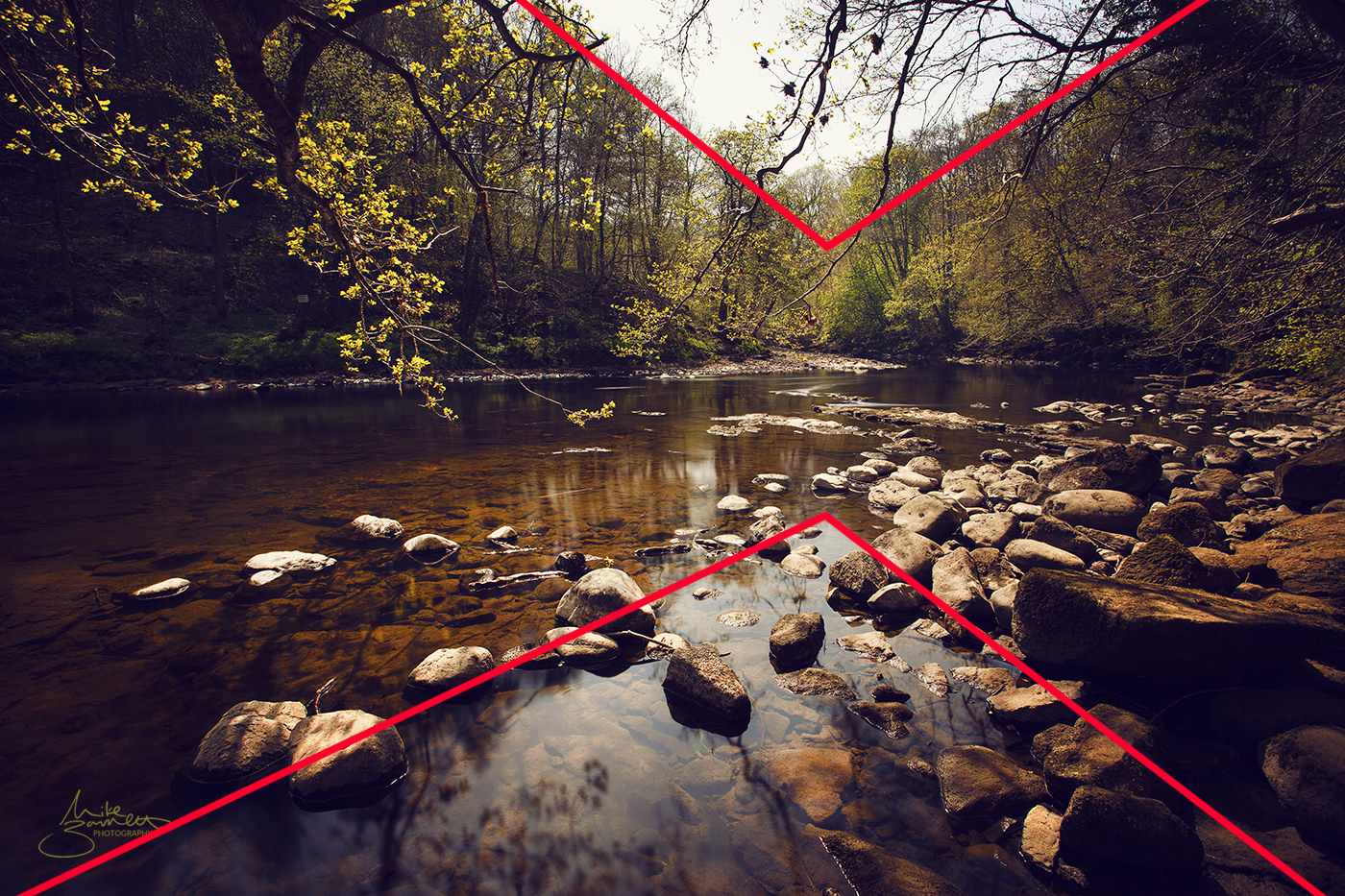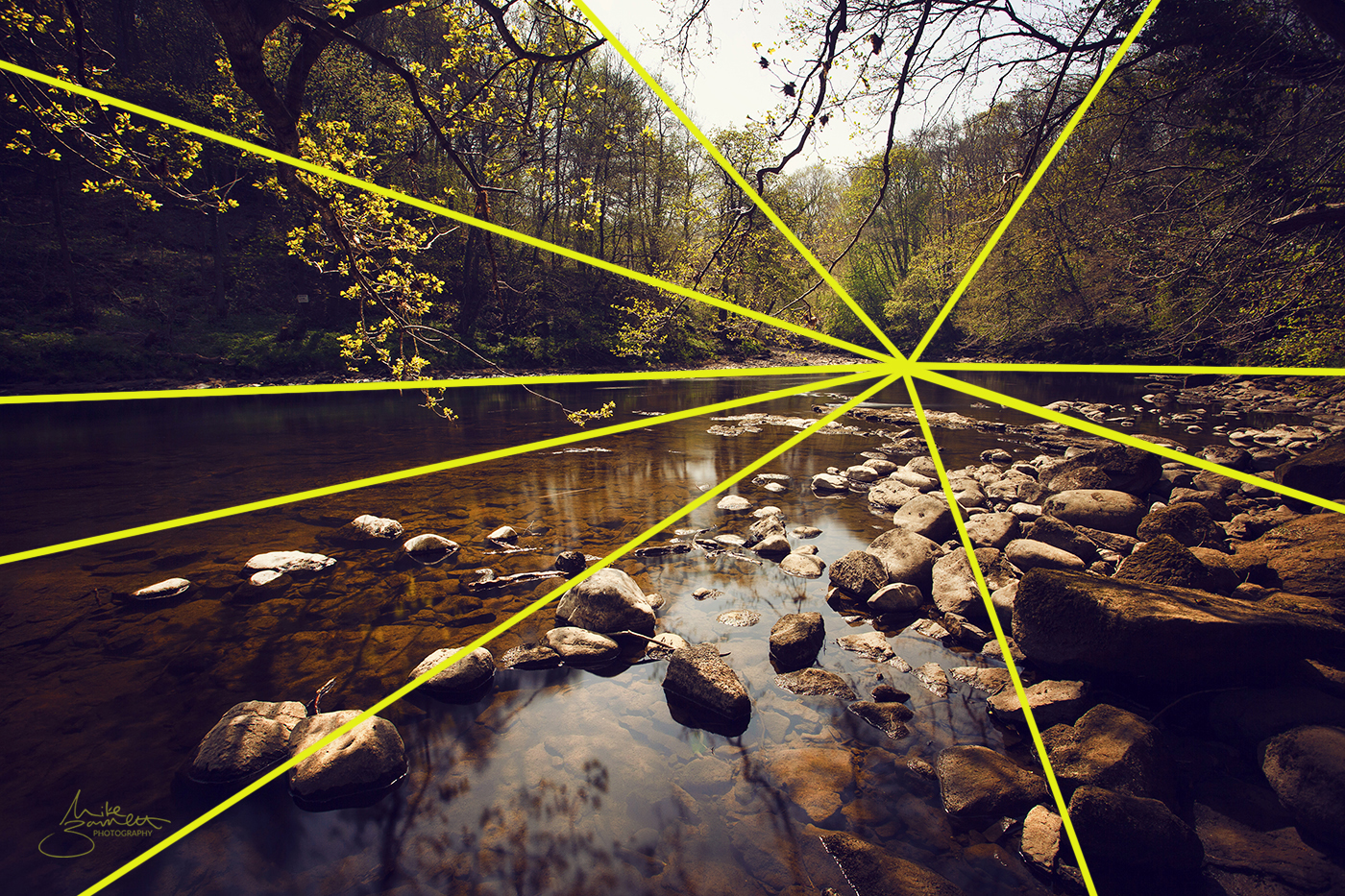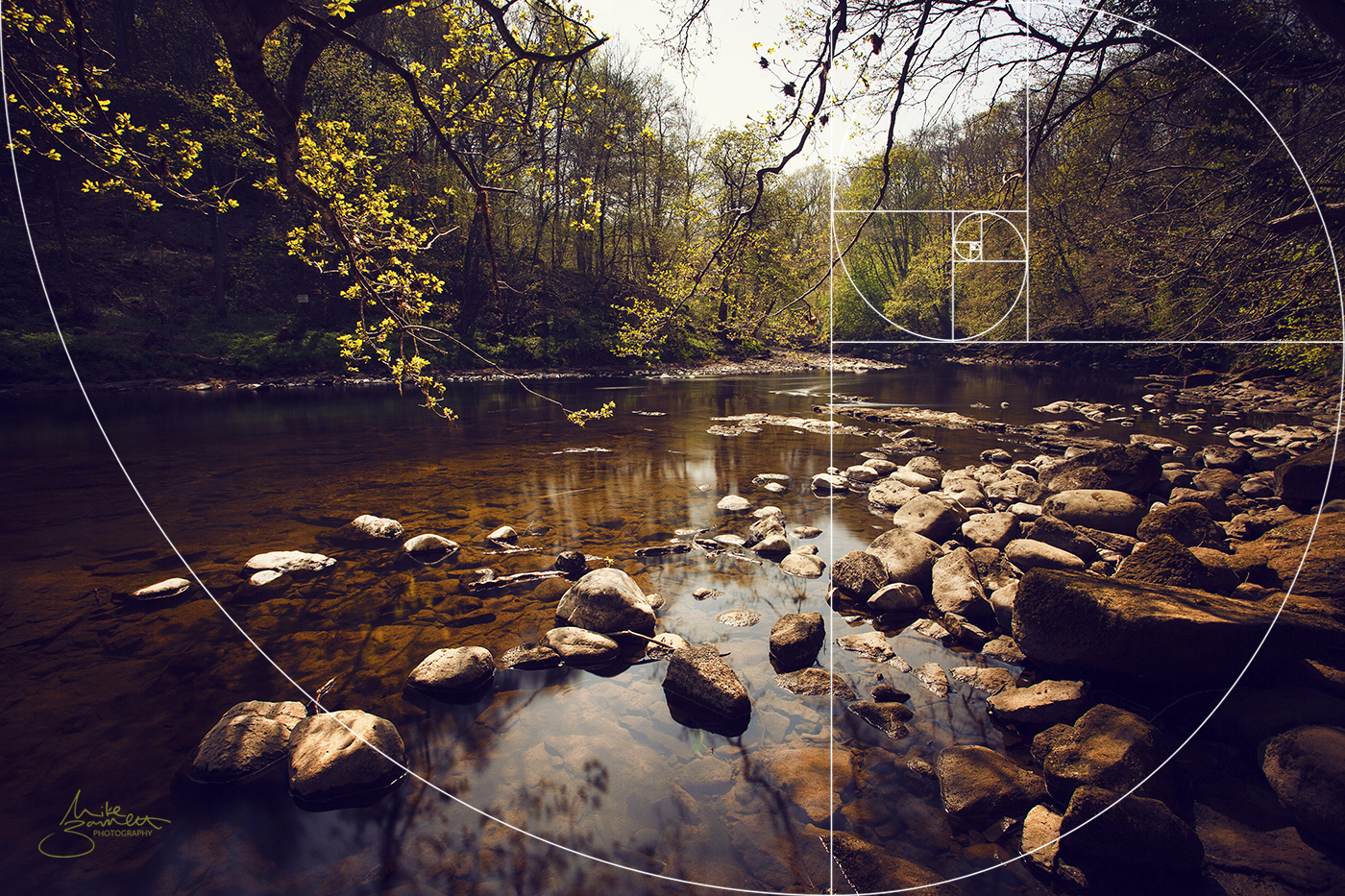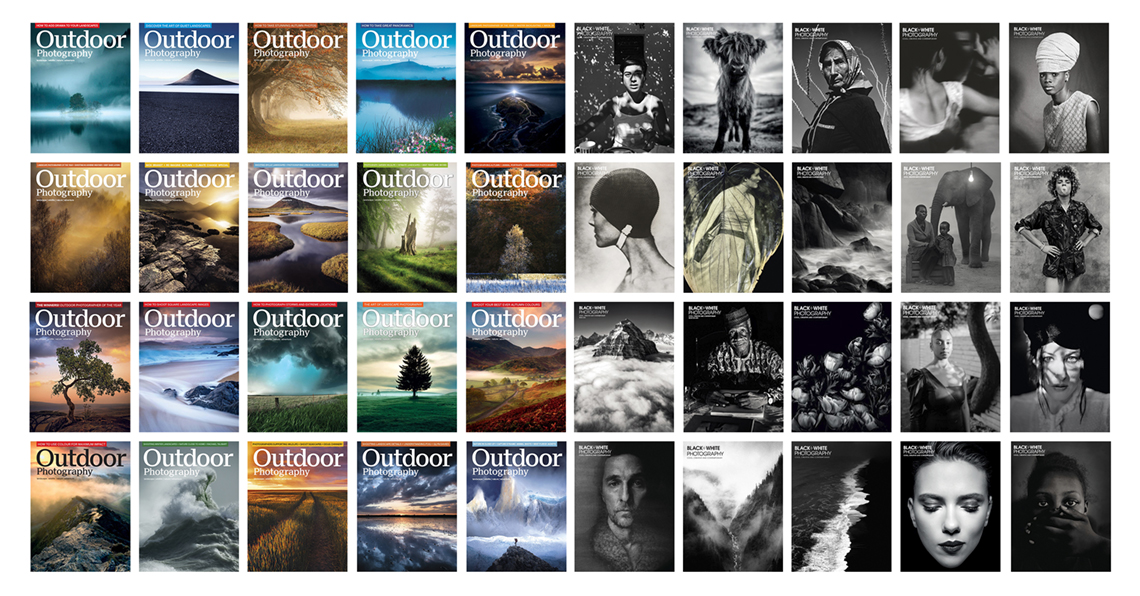
There are many different photography magazines on the market. Walk into any major WHSmith store and pace down the magazine aisle, you will find a plethora of publications offering (All You Need To Know) headlines across their front covers. Bold type bulletins like, ‘Master Macro’, ‘Pro Shots without a Pro Camera’, Landscape Photography without a Tripod’, ‘Improve Your Composition’ and so on…
There are a couple of publications however that don’t feel the need to shout about their content on the cover in quite the same way. That’s because their quality has been set in stone over the course of time. Which magazines am I talking about? OUTDOOR Photography and BLACK+WHITE PHOTOGRAPHY.
Instead, you are beguiled by an extraordinary beautiful image on the front cover and a slither of simple text. These magazines however are packed with brilliant peer-led journalism offering fascinating and diverse articles where the subject matter and storytelling are plentiful, insightful, and engaging. In each case, the jaunt from cover to cover is a journey of fruition and mirth, accompanied by outstanding and often breathtaking photography. All this and they still manage to cover everything you need to know about kit, compositions, style, culture, creative processes, and everything from the first daguerreotypes to the cutting edge mirrorless monsters that can be snapped up today. Furthermore, the smart, beautiful, and functional graphic design makes the whole reading experience an absolute pleasure. Not to mention the slick gloss cover and silky matt cover respectively.
I have been buying these magazines for a long while now and have never been disappointed with my choice. In fact, I always get a rush of delightful anticipation when I get my hands on the latest copy and breath in that delightful smell of fresh print upon tearing open the covering. Recently, that special portion of glee was significantly heightened when I realised that I had, in fact, had one of my images published in issue 260 of BLACK+WHITE PHOTOGRAPHY.
The magazine runs a monthly mini-competition called SMARTSHOTS (#smartshots) where three winners receive a 64GB SAMSUNG EVO Micro SDXC Card. In this month’s edition, I was one such lucky winner. The photo that caught the panel’s eye was a shot of the Cloisters at Fountains Abbey with my daughter standing in the end window. (See below) It got a whole page of its own. I was absolutely delighted. It was nice to get a bit of peer recognition, but when it’s in one of your favourite magazines the accolade is all the more gratifying.
Maybe I will see if I can get an article published next, backed up by some more of my images. That would be absolutely awesome.
If you’re into photography and have never read one of these magazines, do yourself a favour and go and get the latest copy of each publication. You will not be disappointed. Better still, get subscribed!
Both magazines are published by GMC Publications.
Inside the Magazine
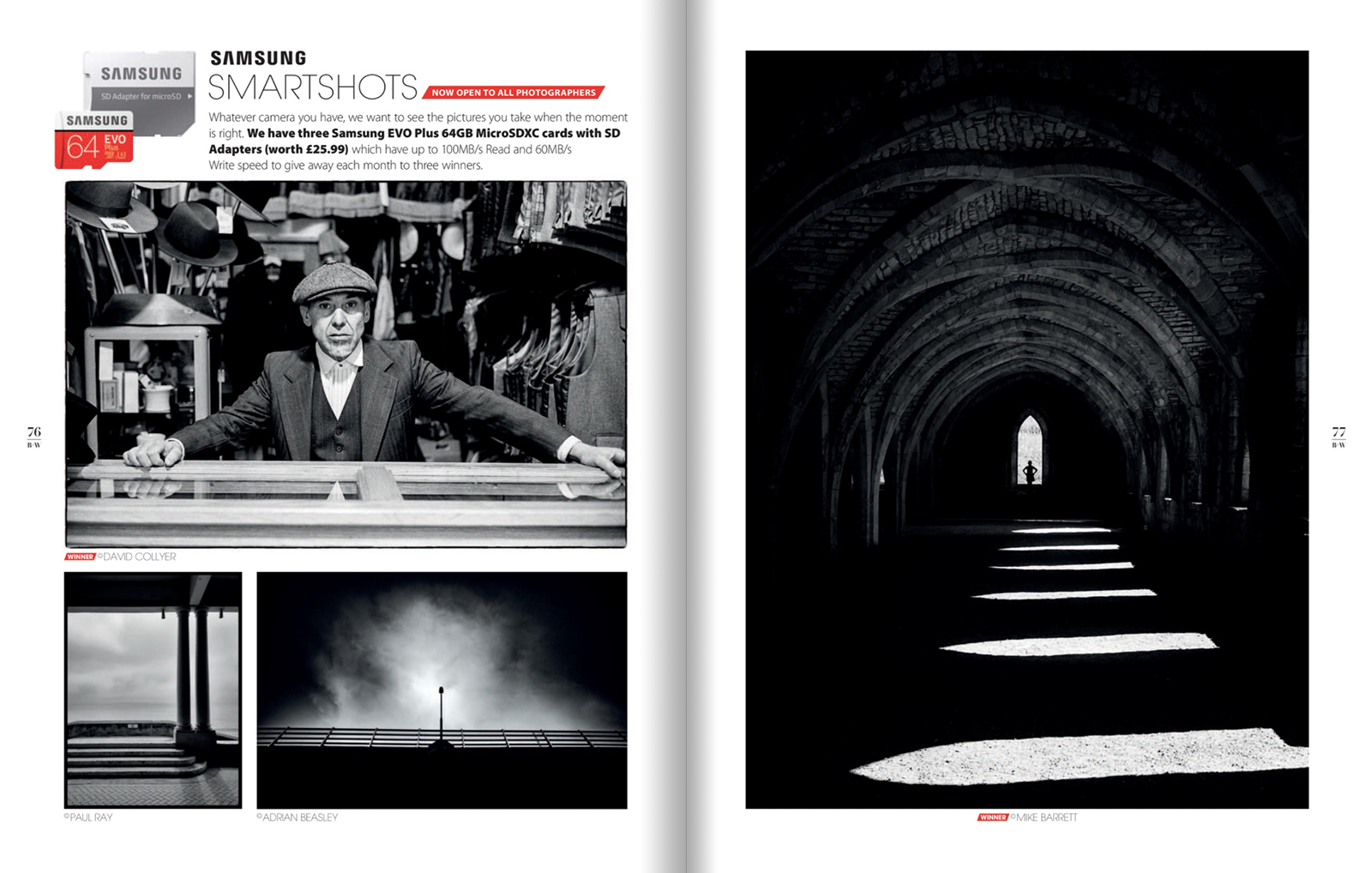
My Photograph
Taken at the famous Cloisters at Fountains Abbey.
Issue 260 Front Cover
The Covers
Some examples of the wonderful covers from both magazines.

